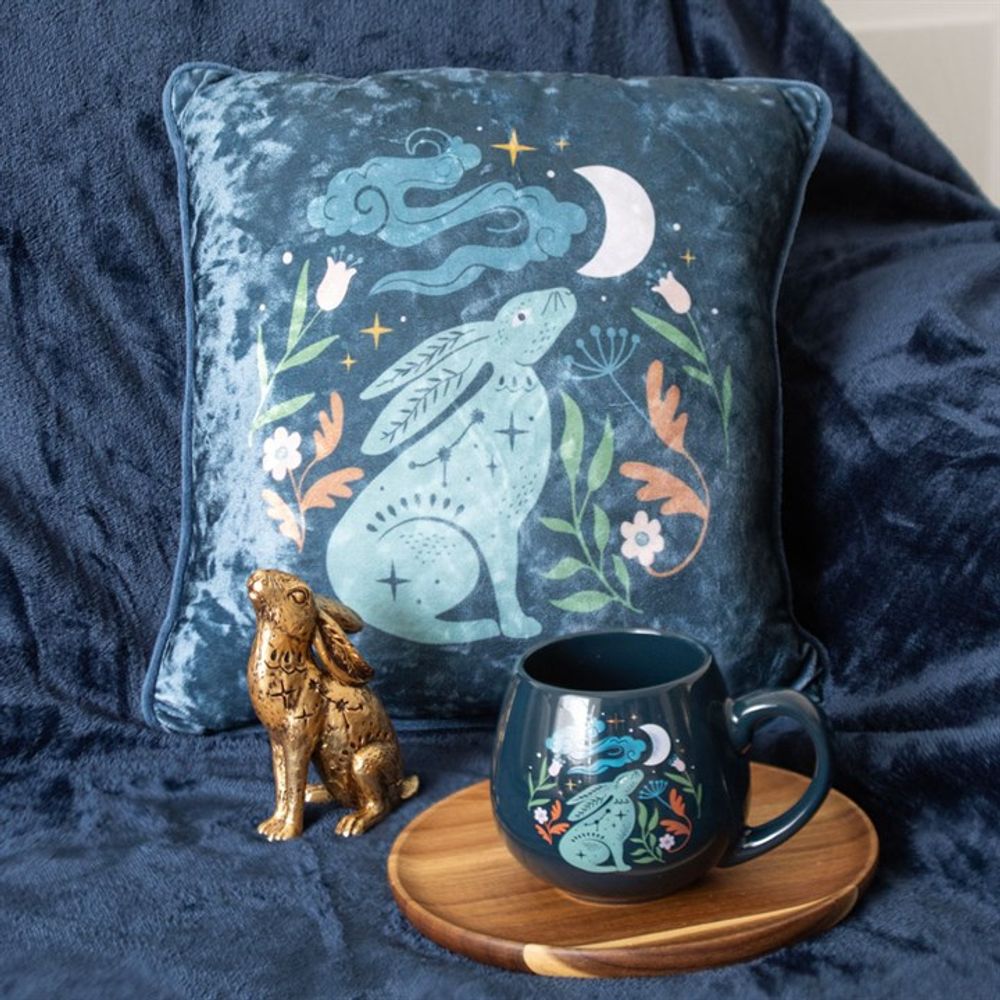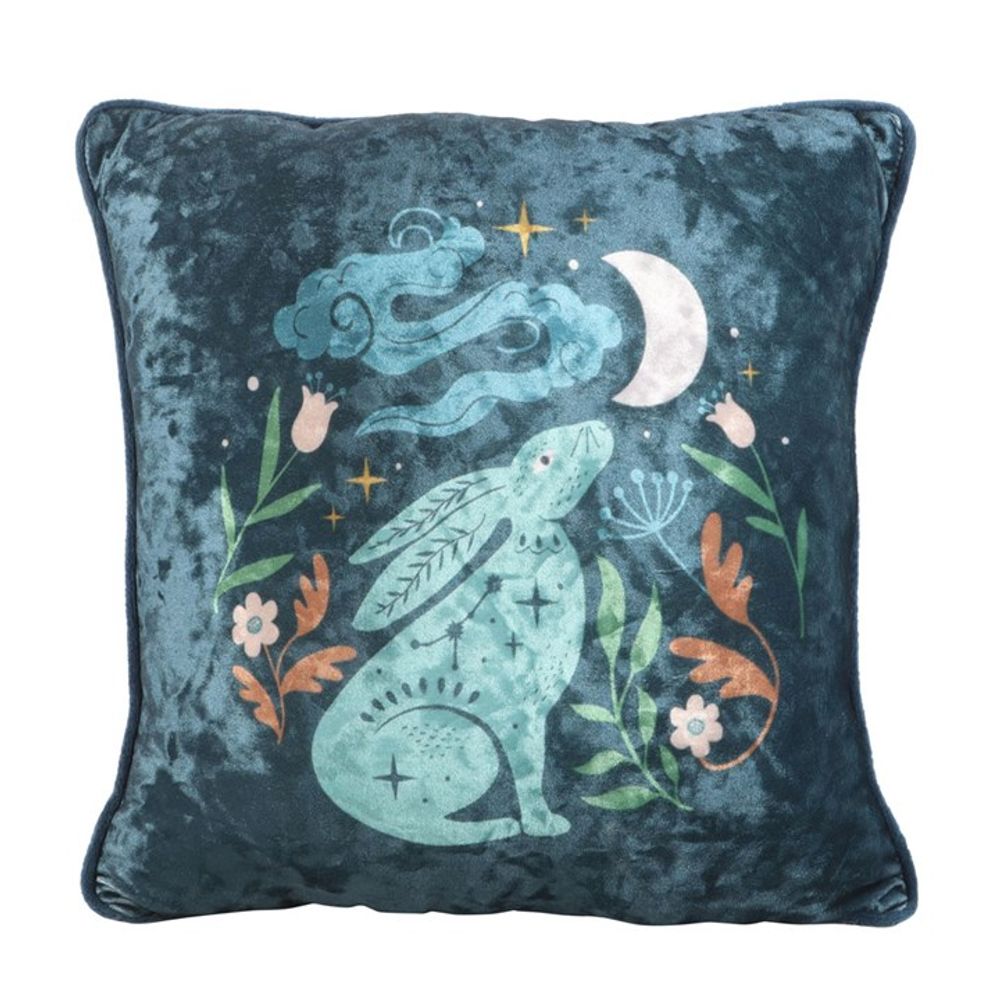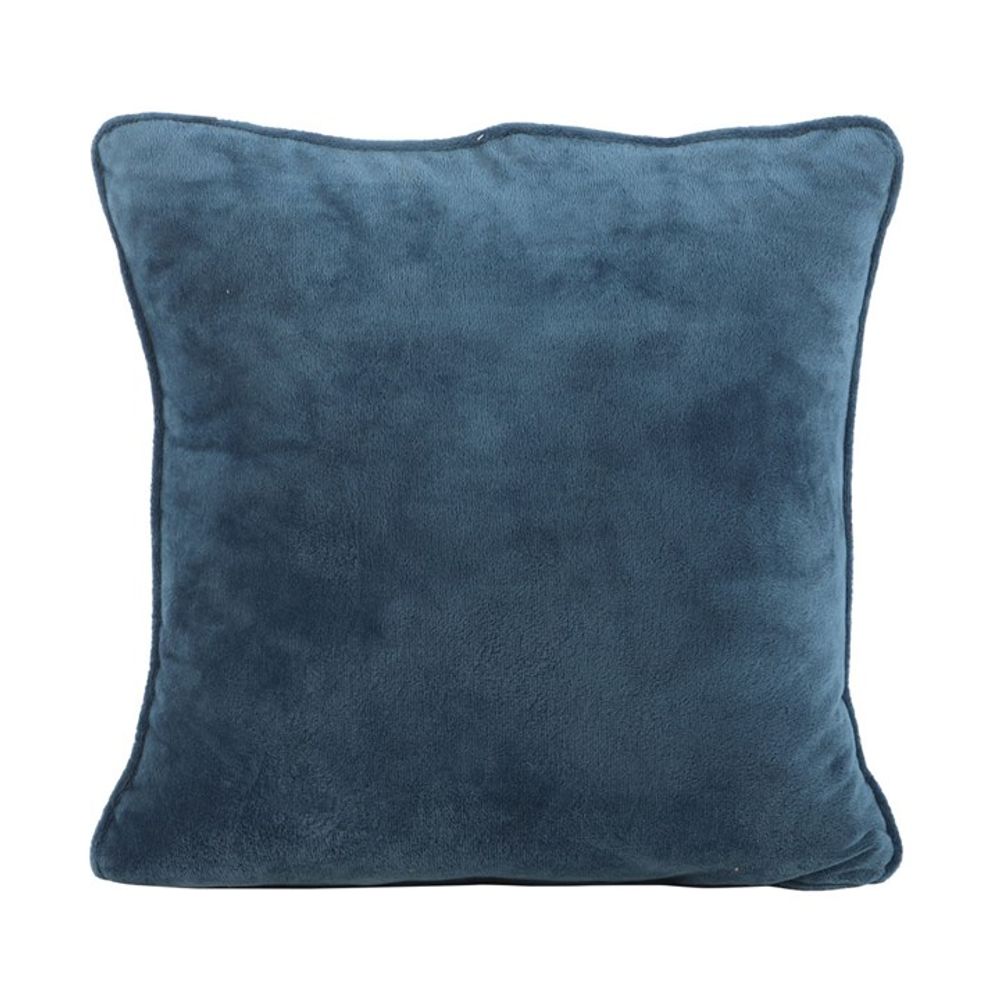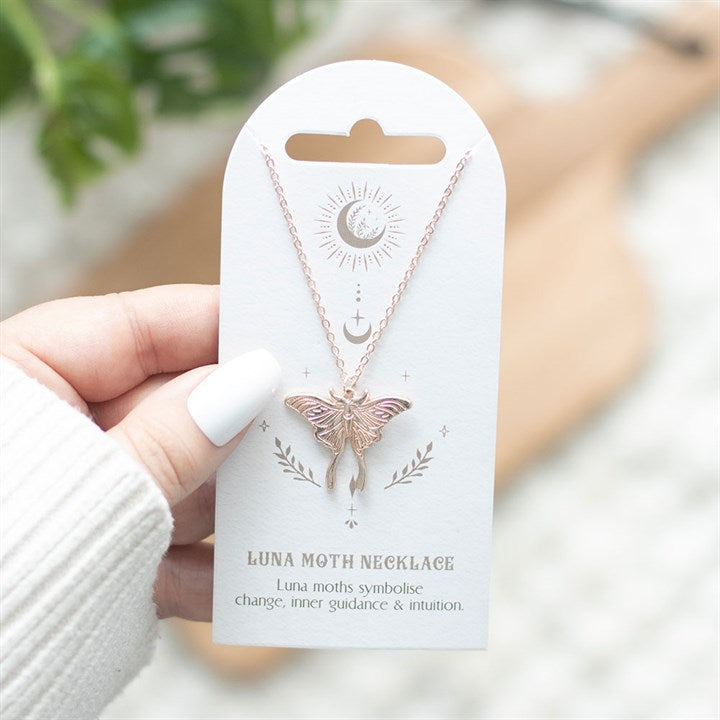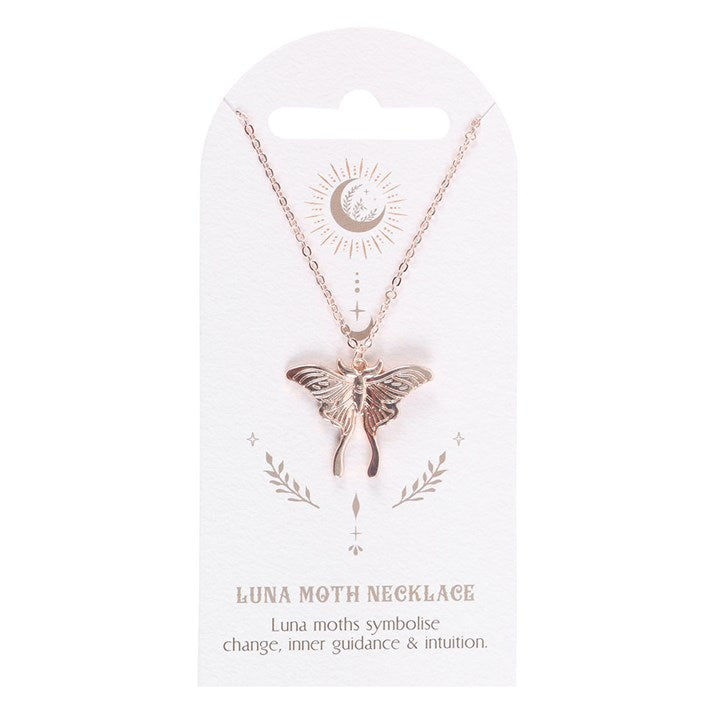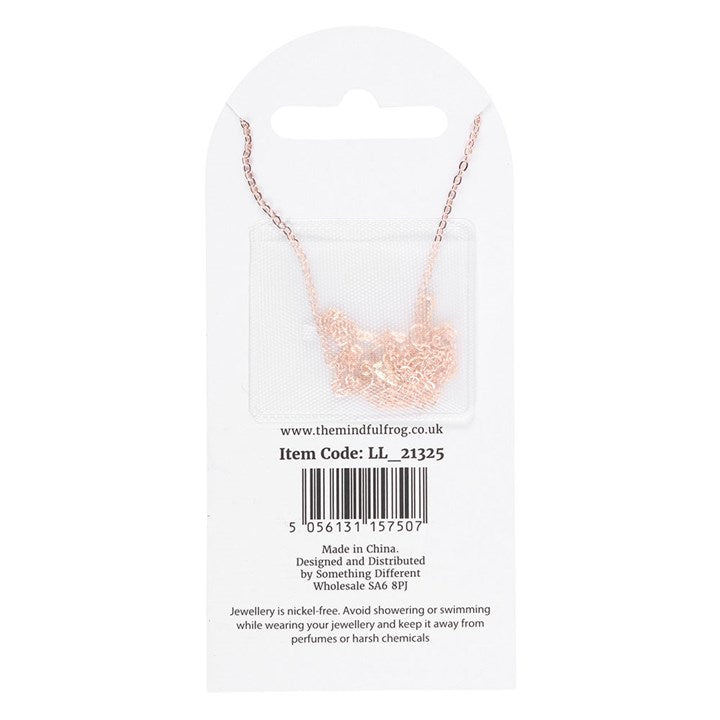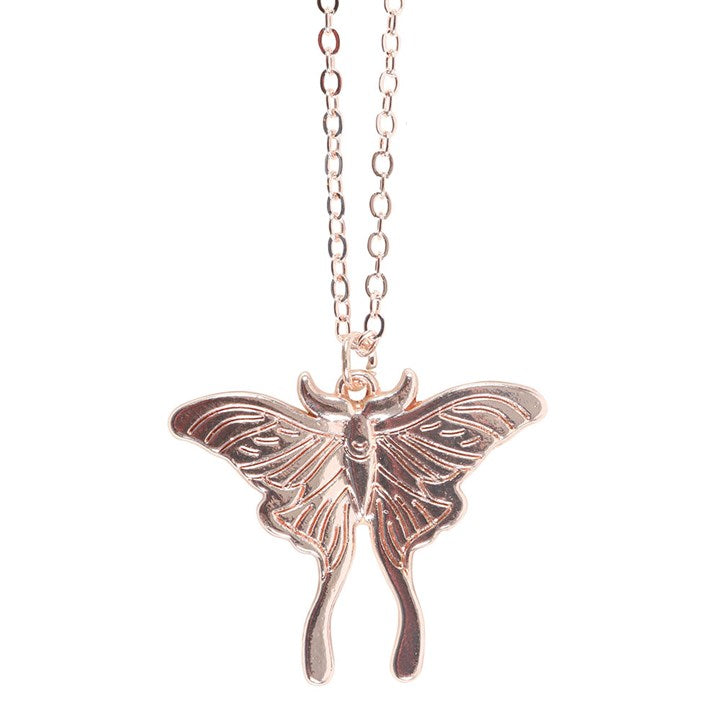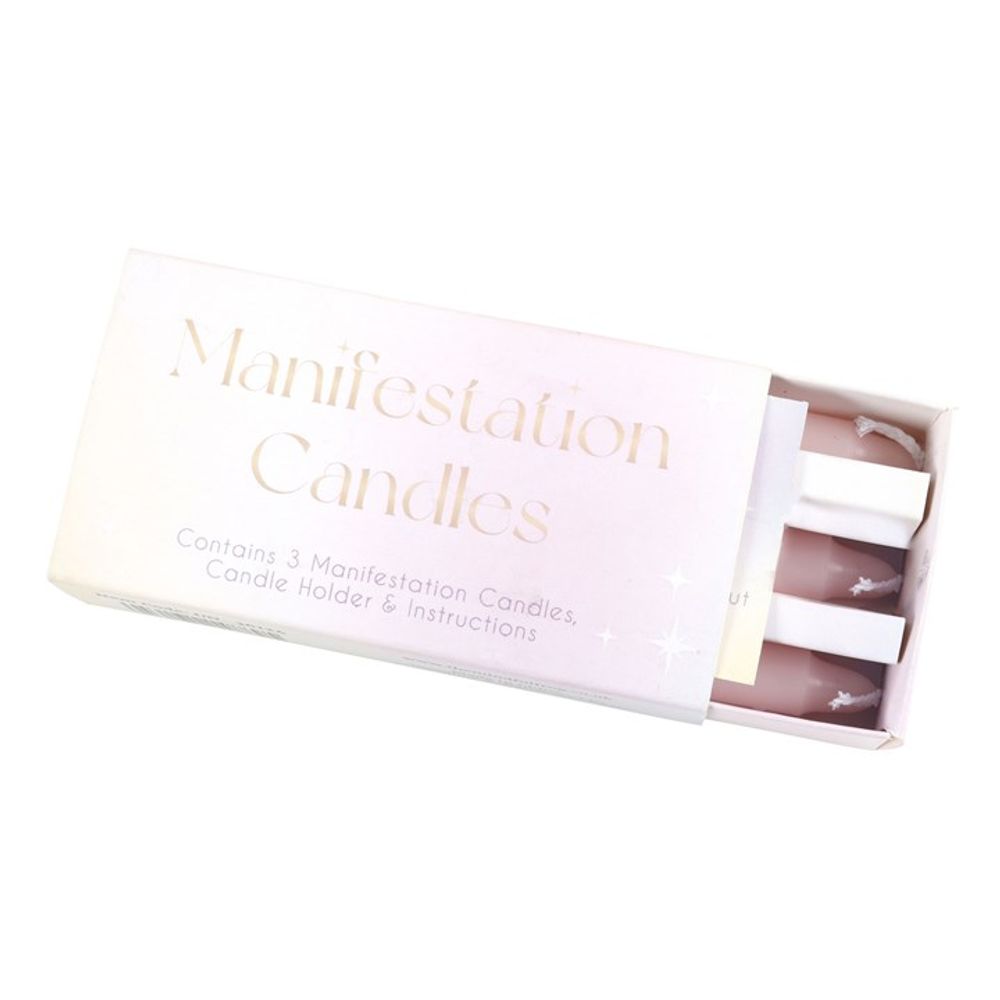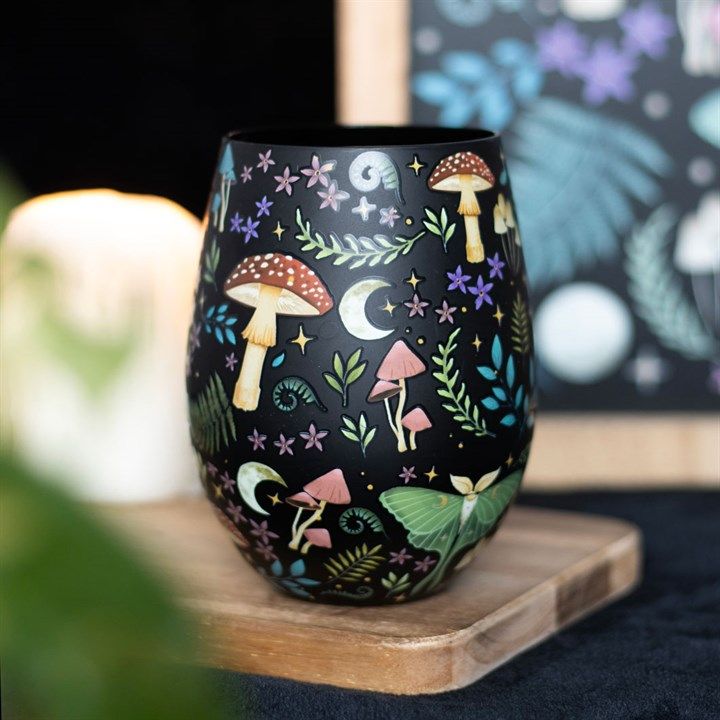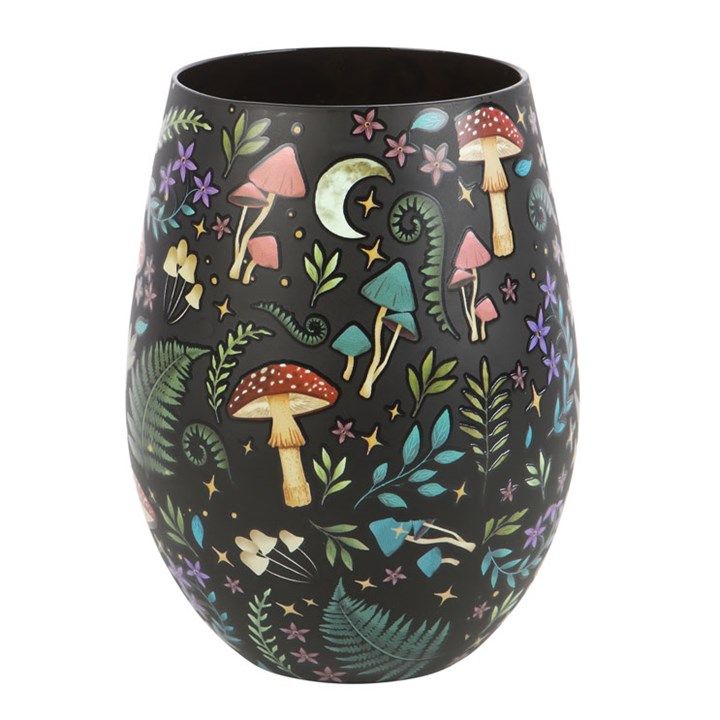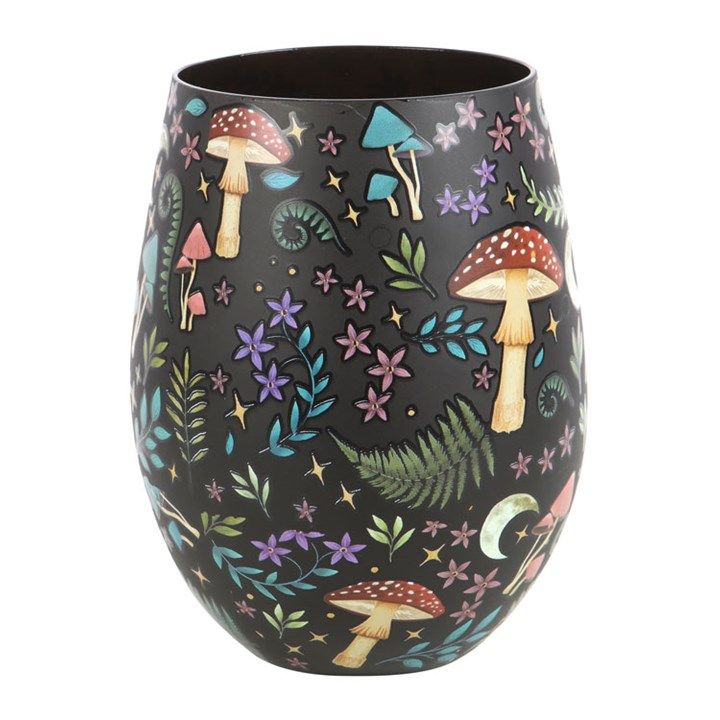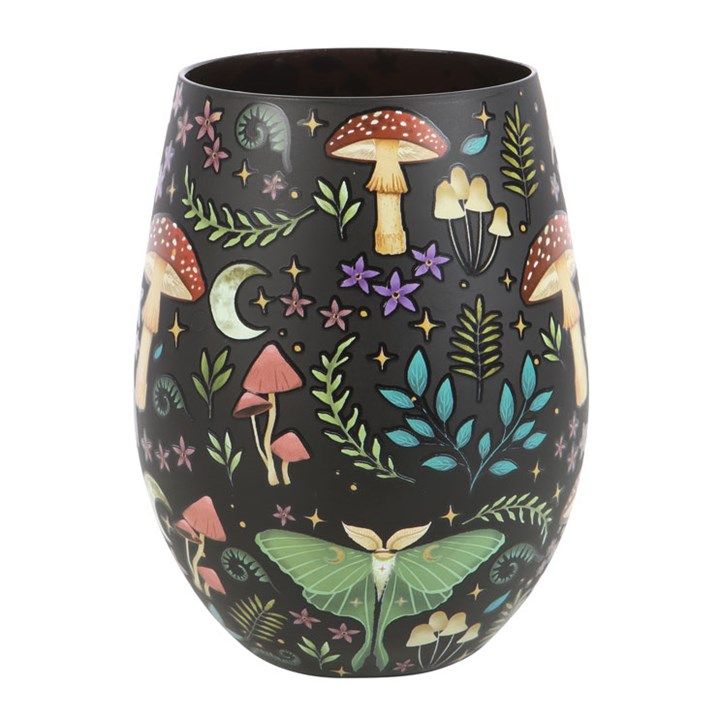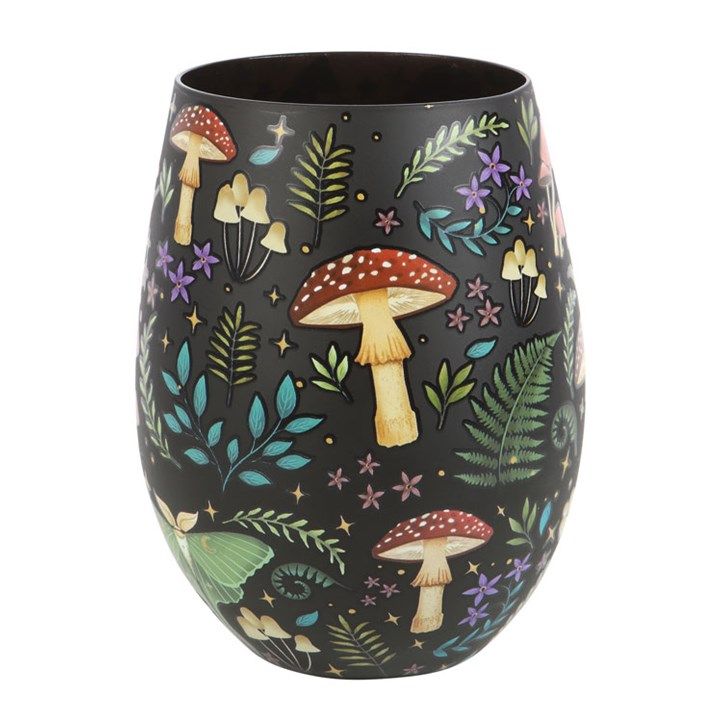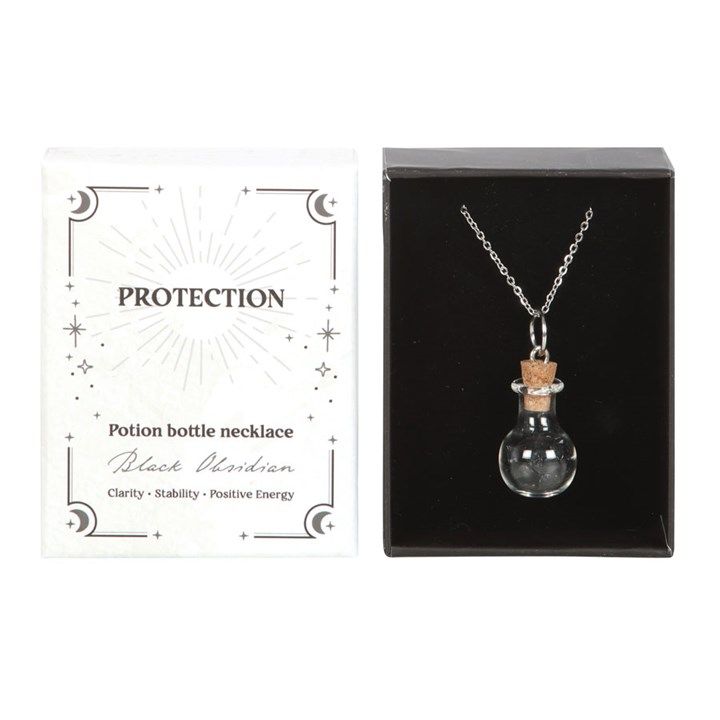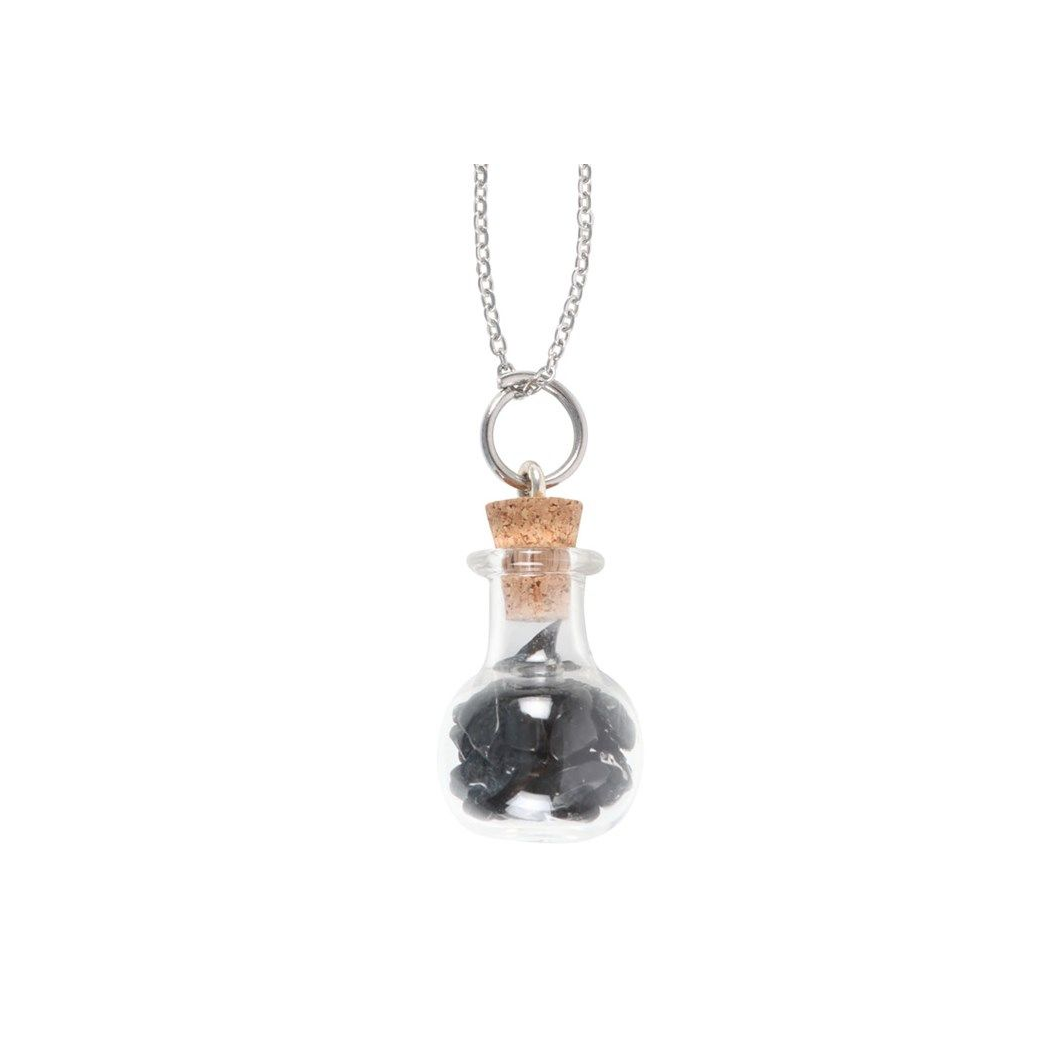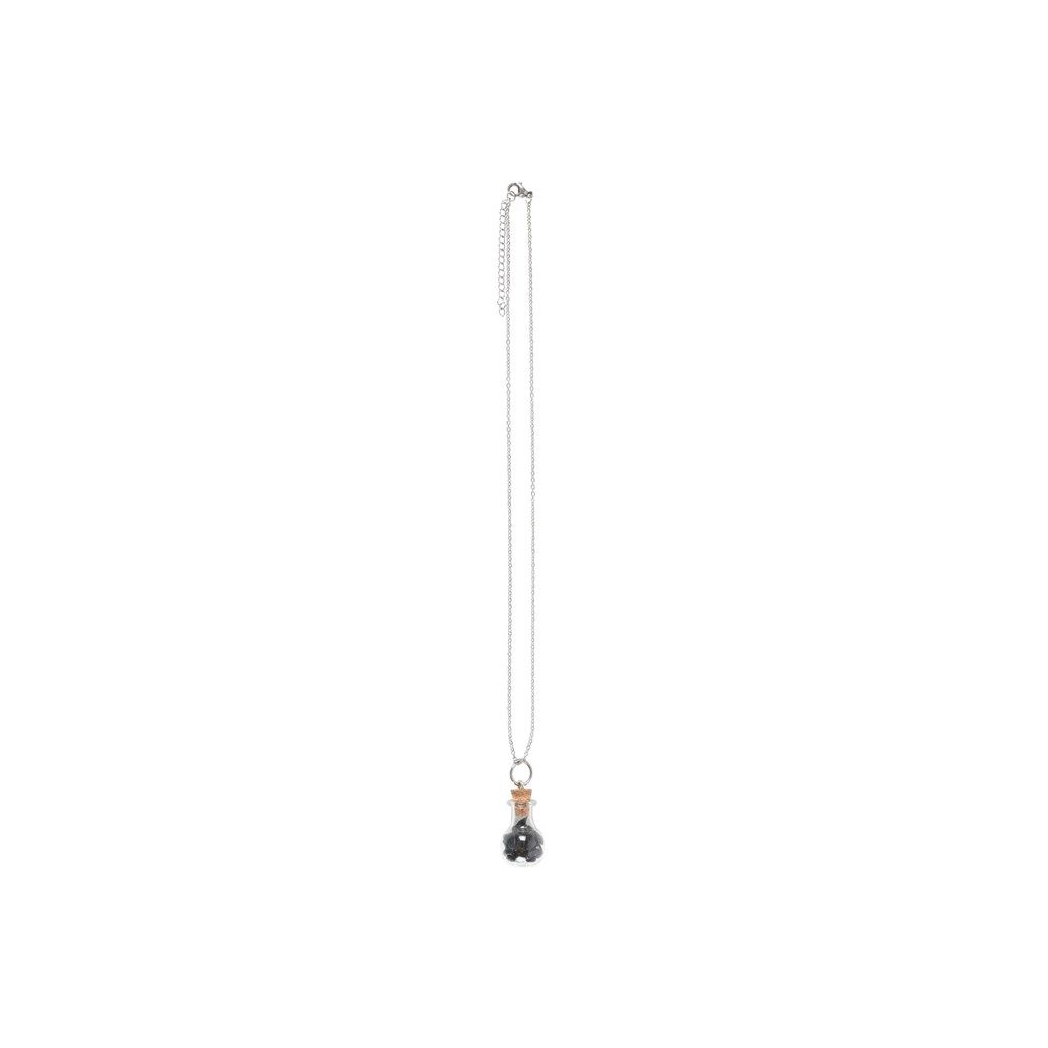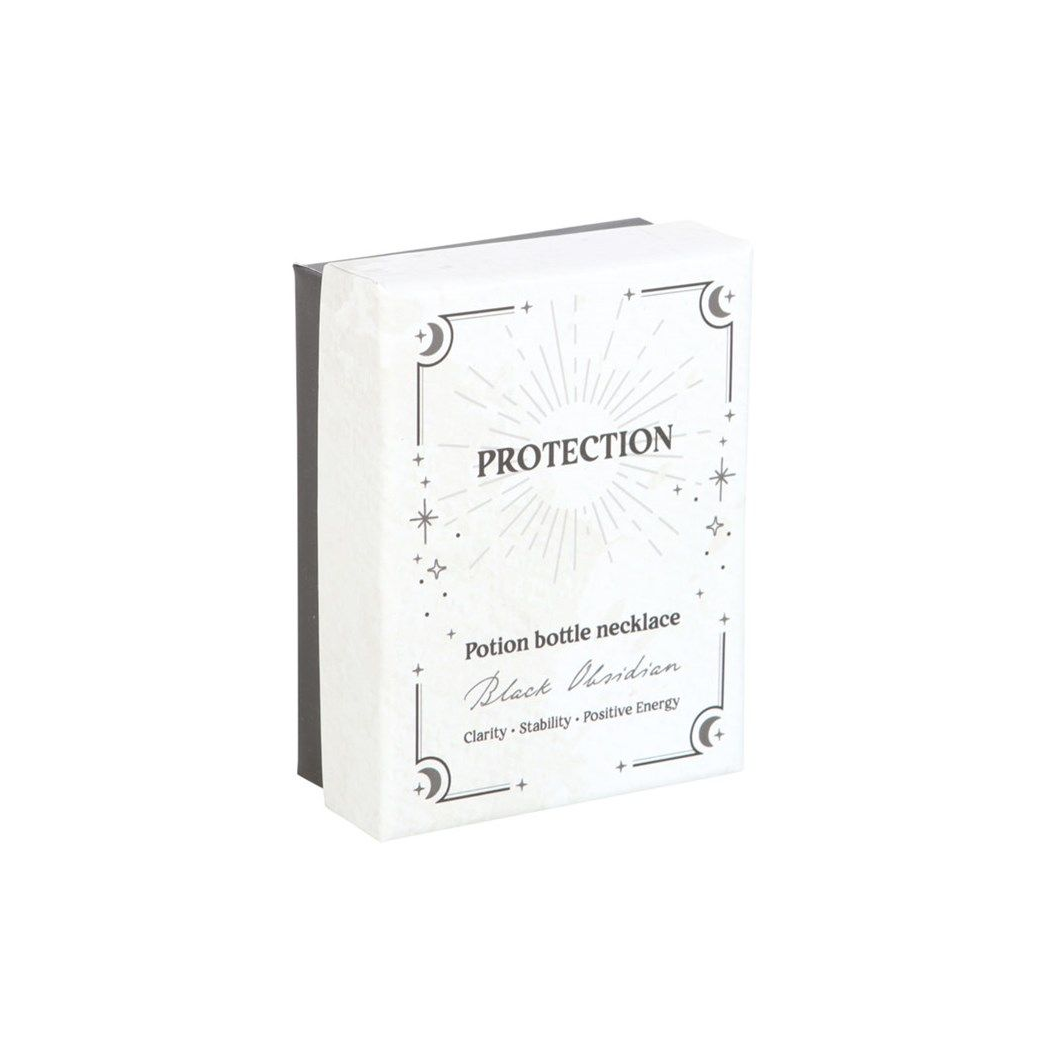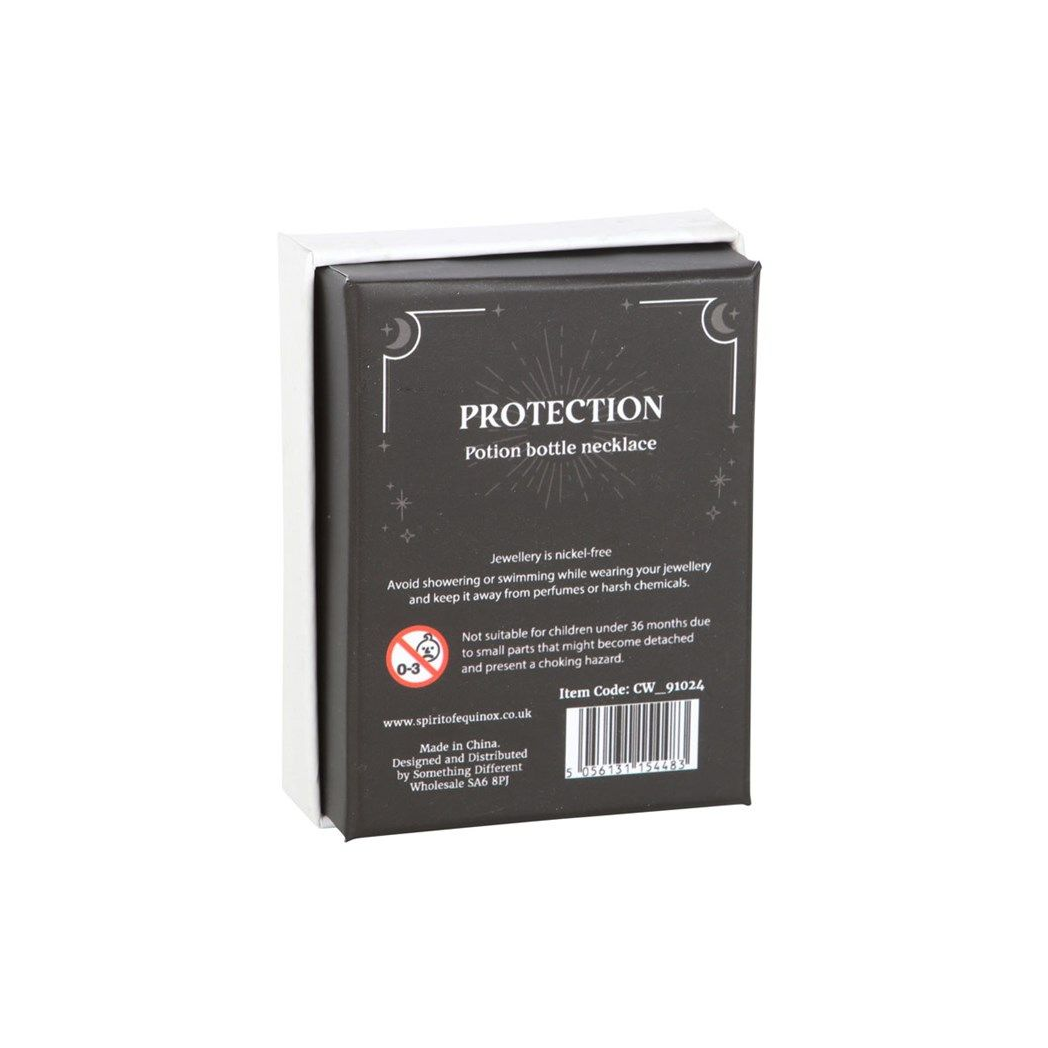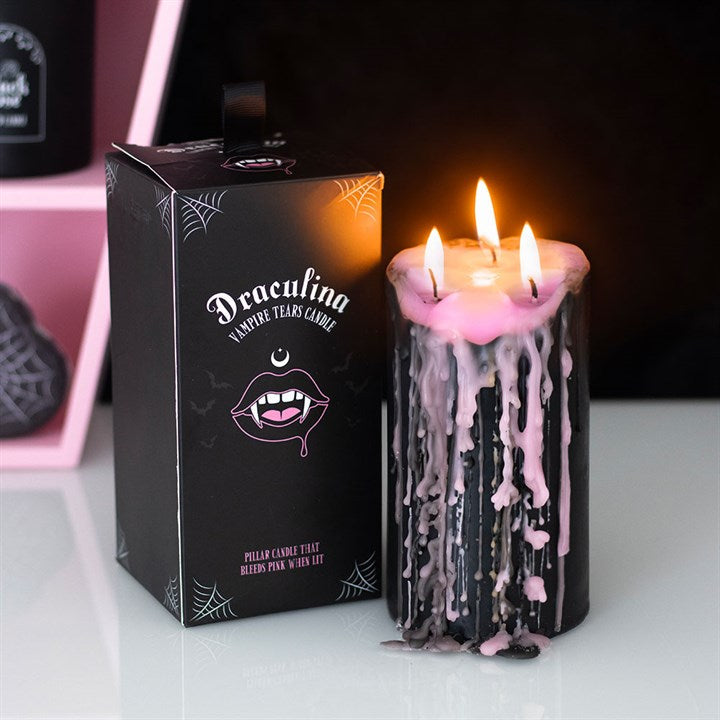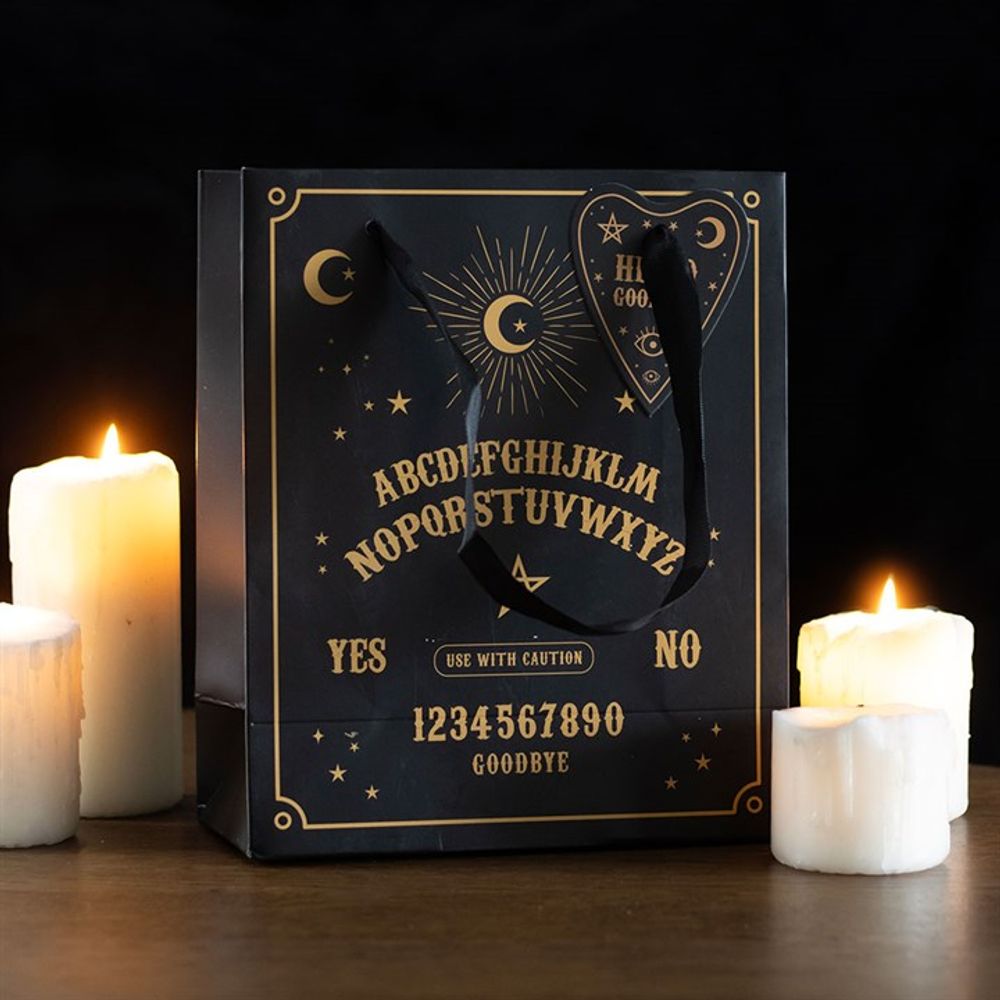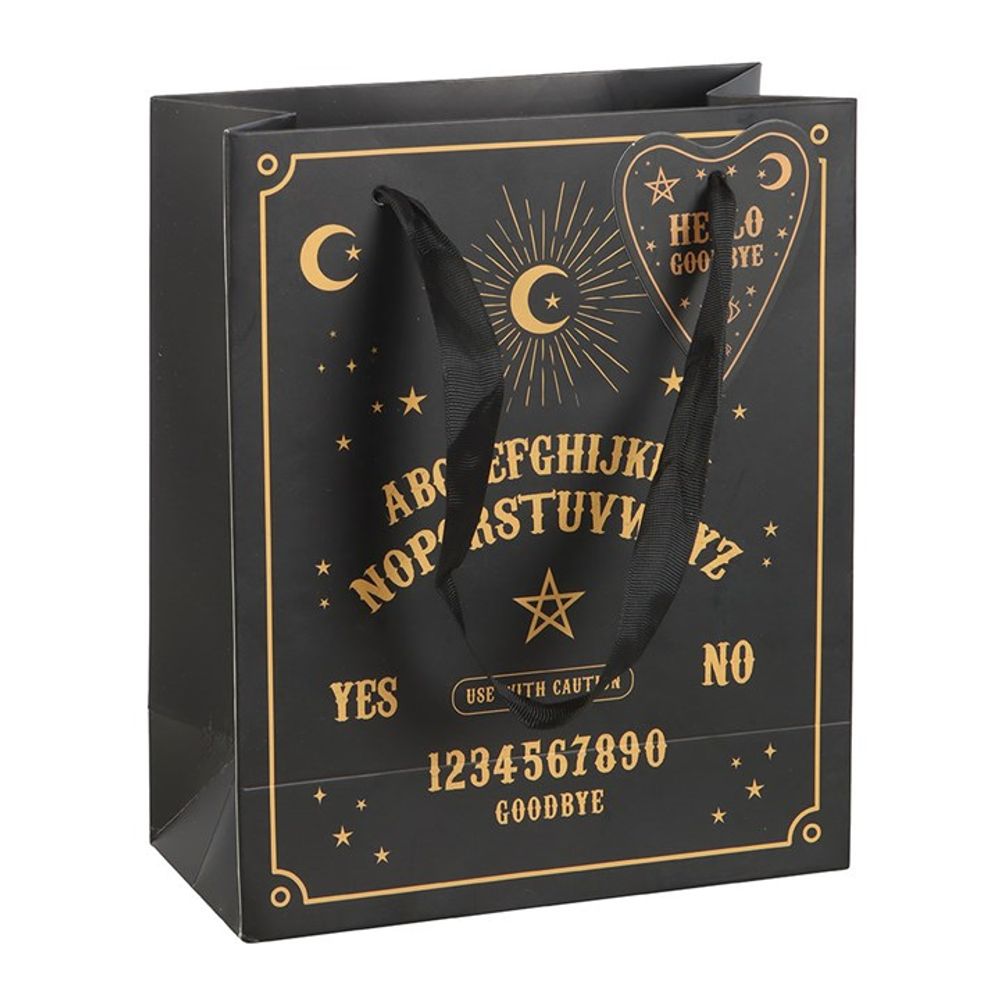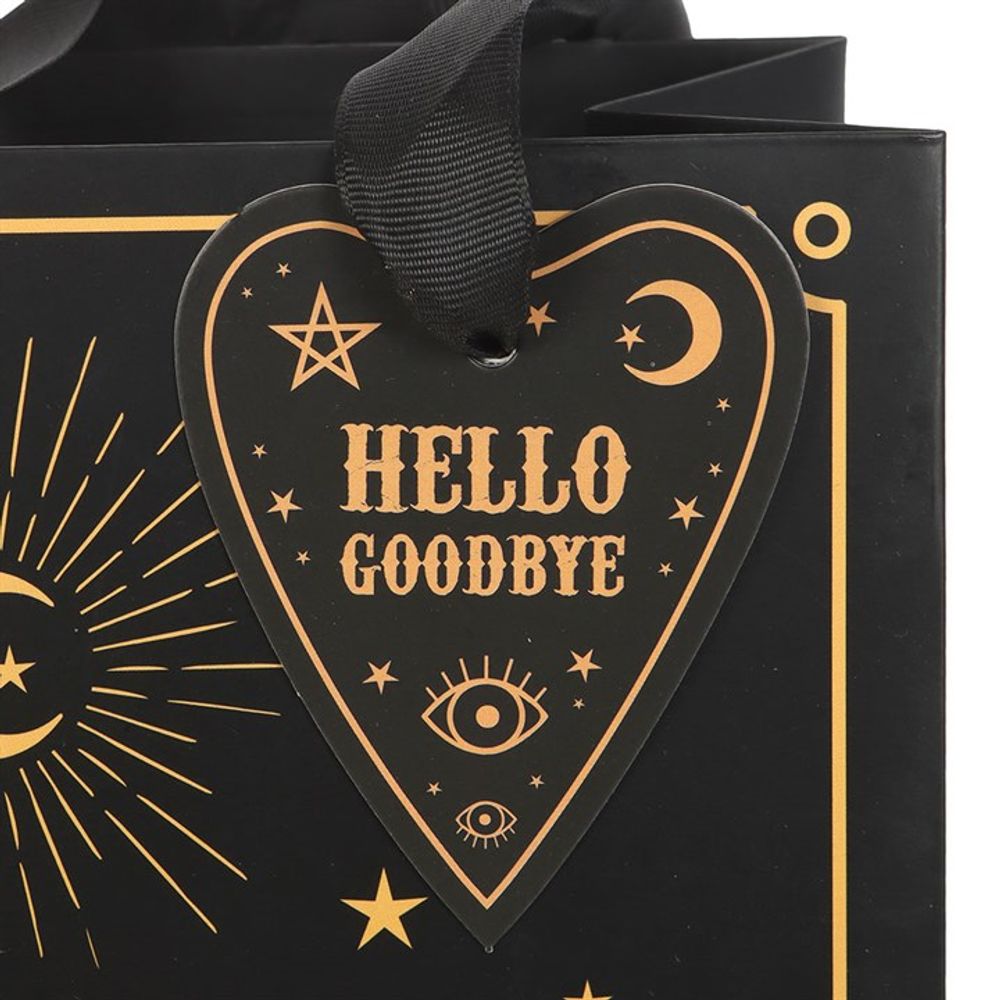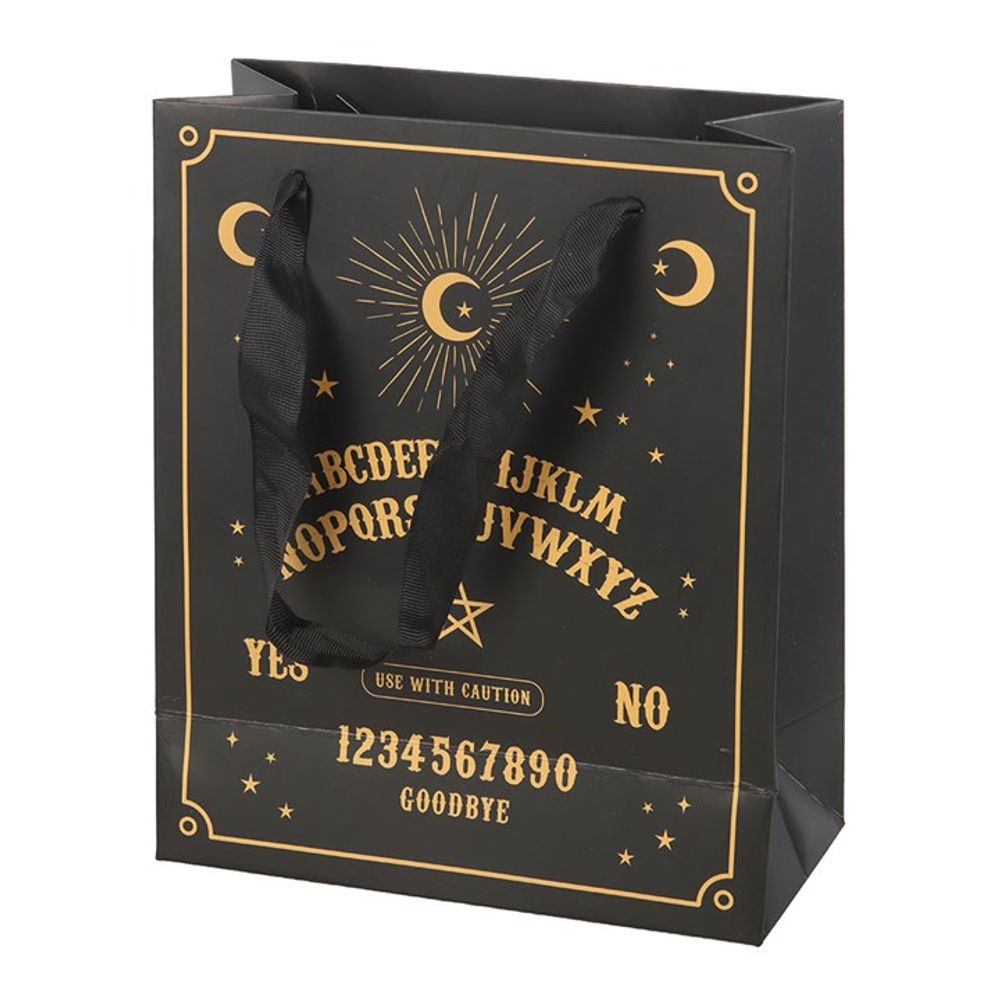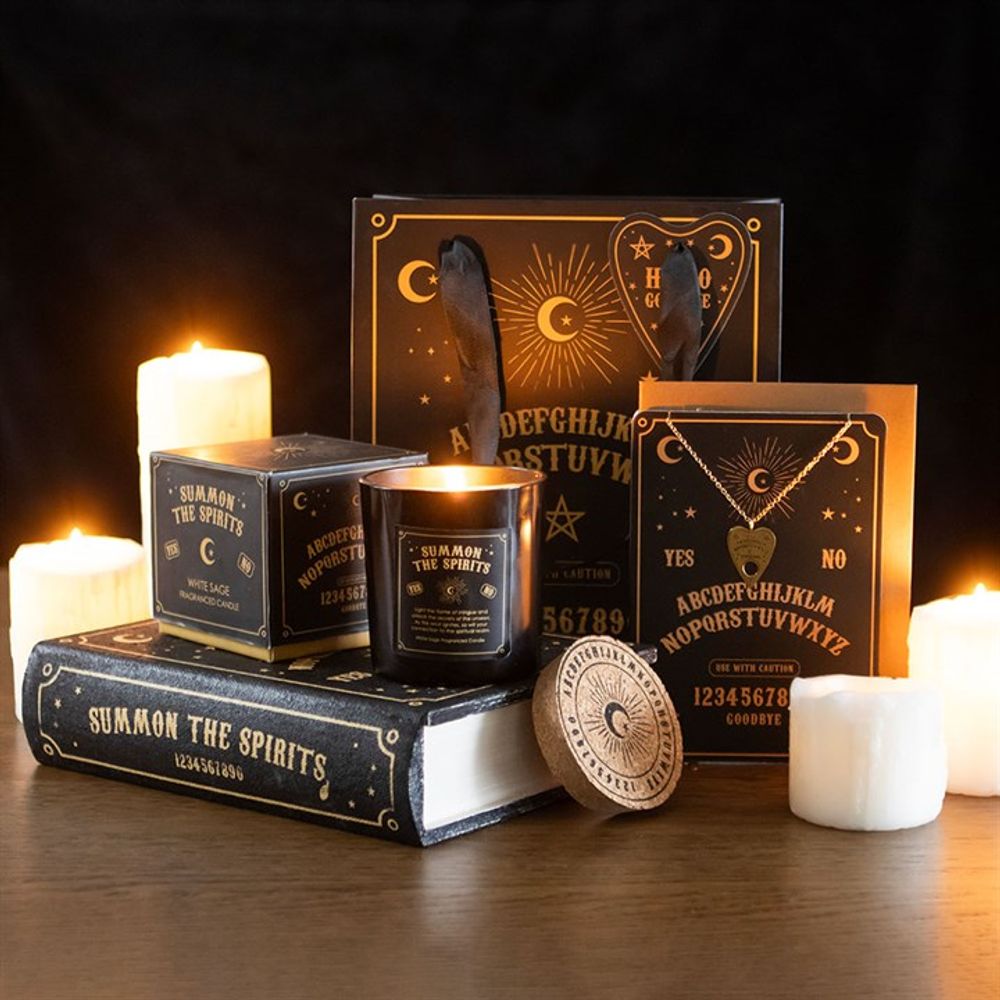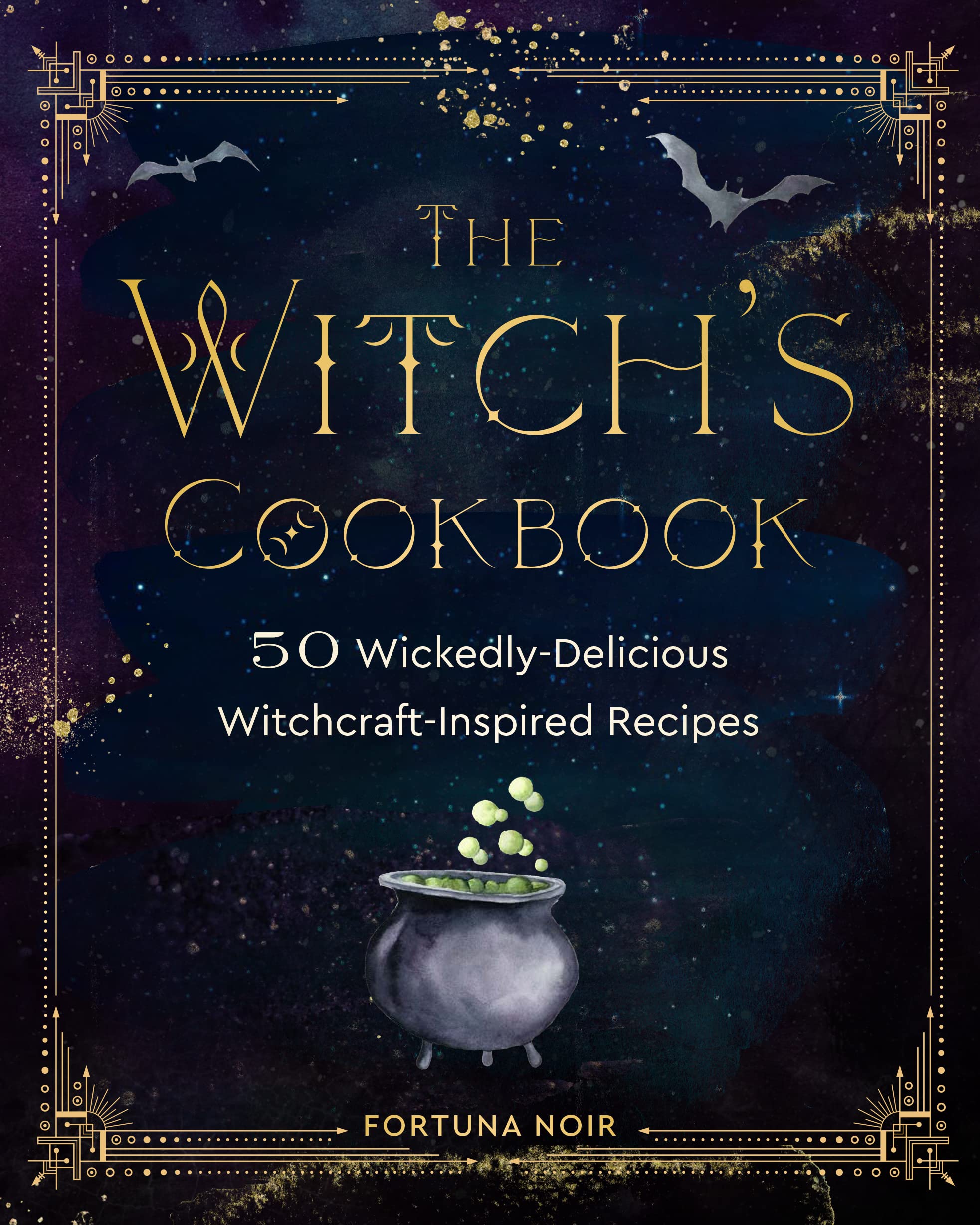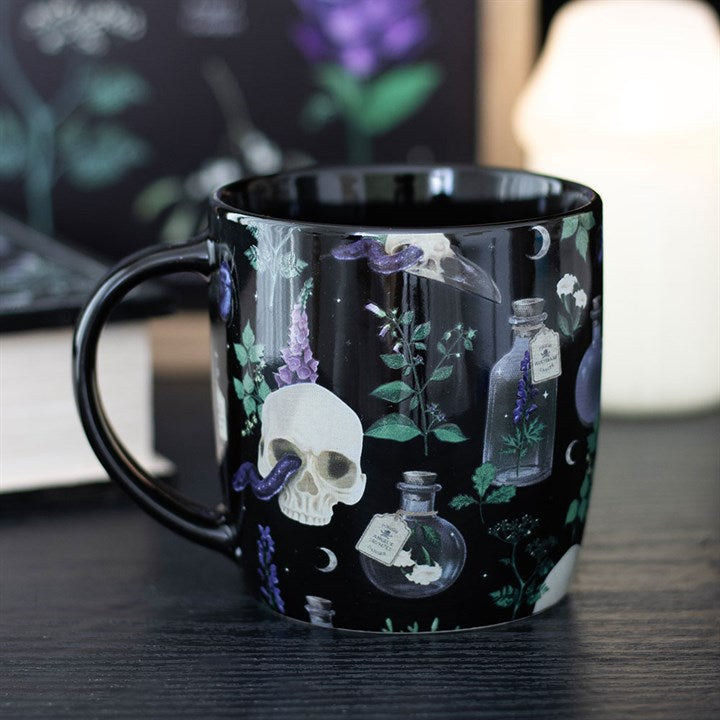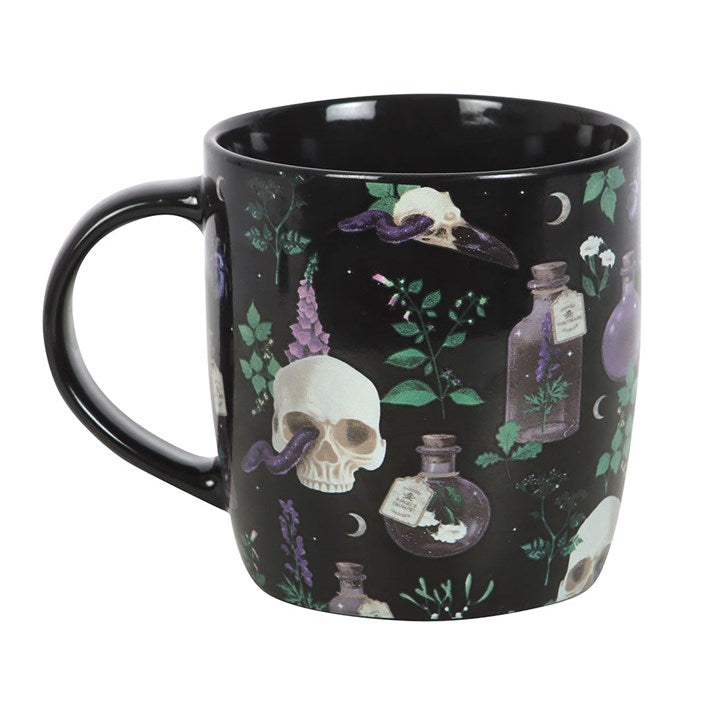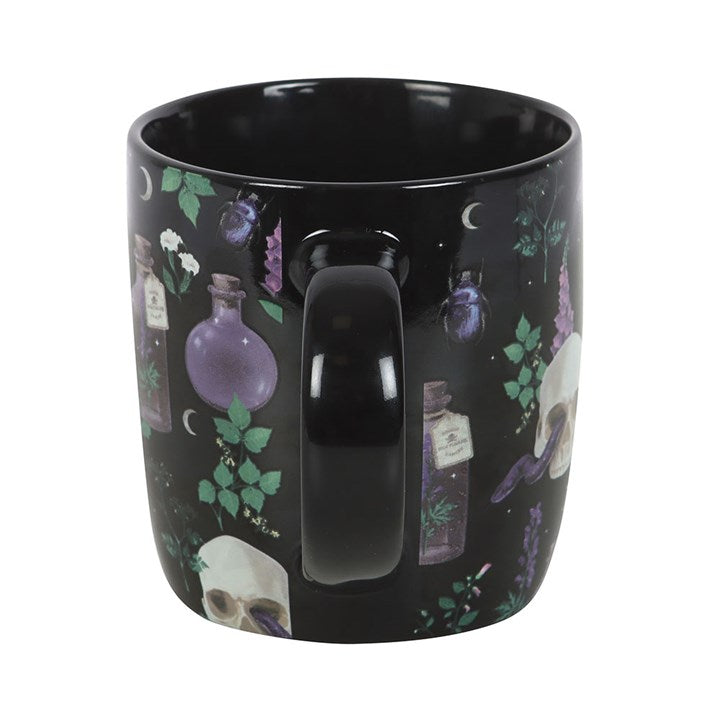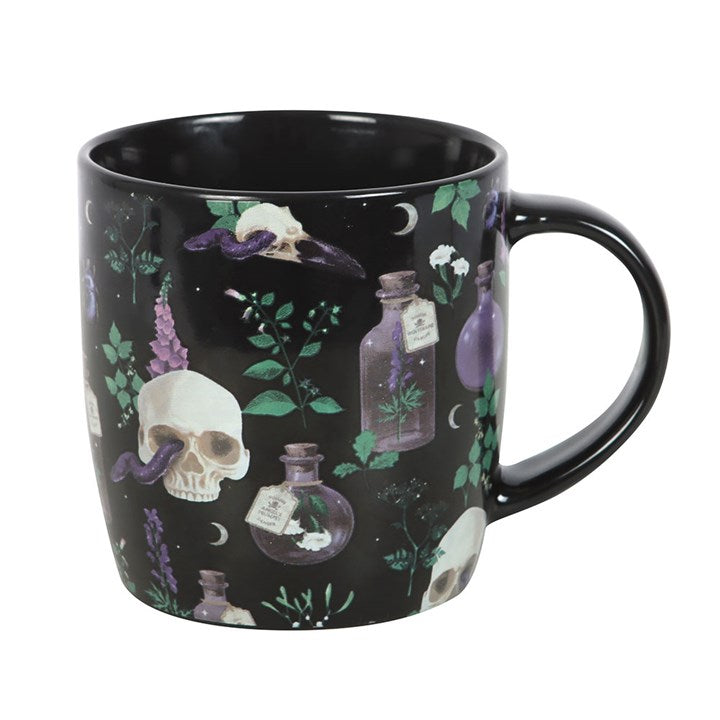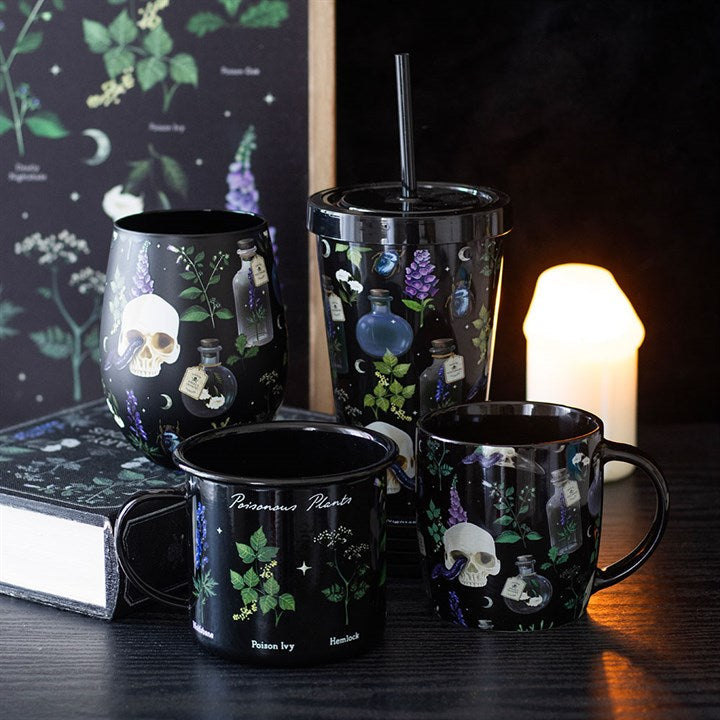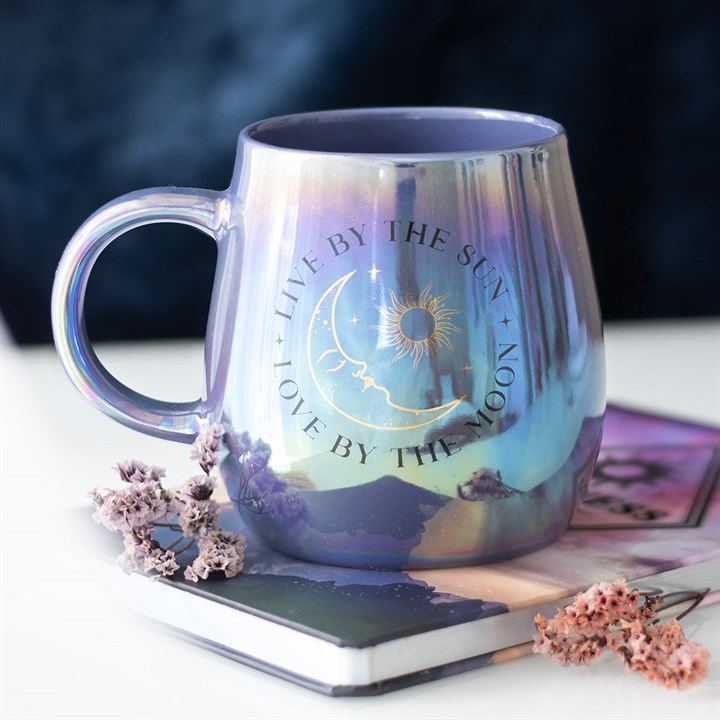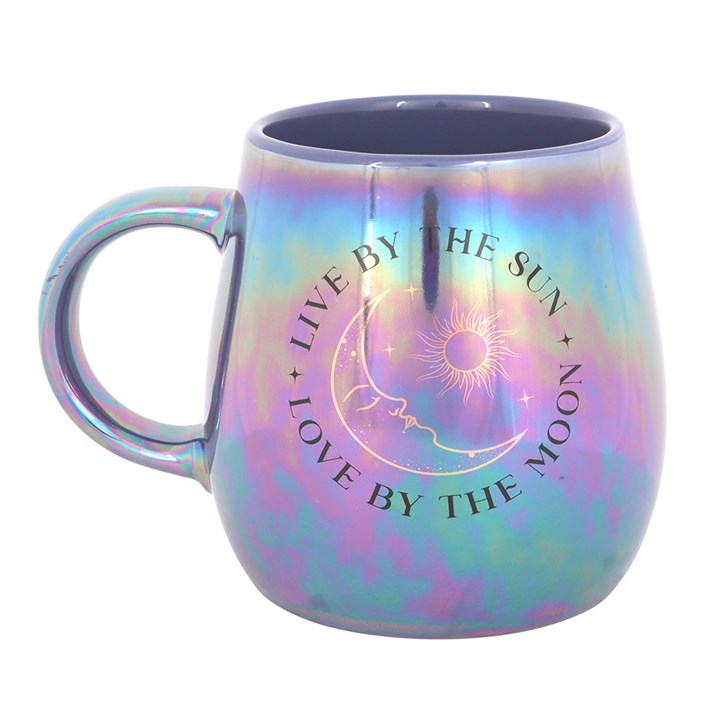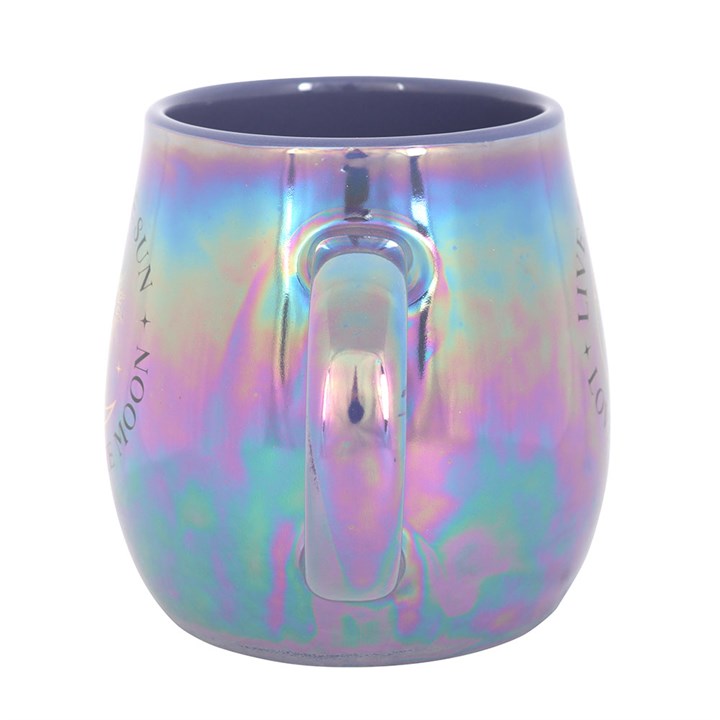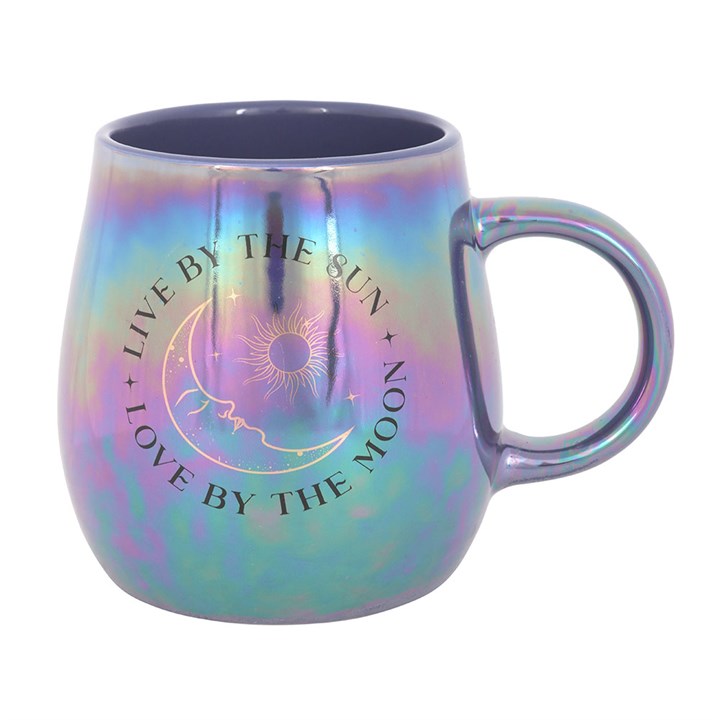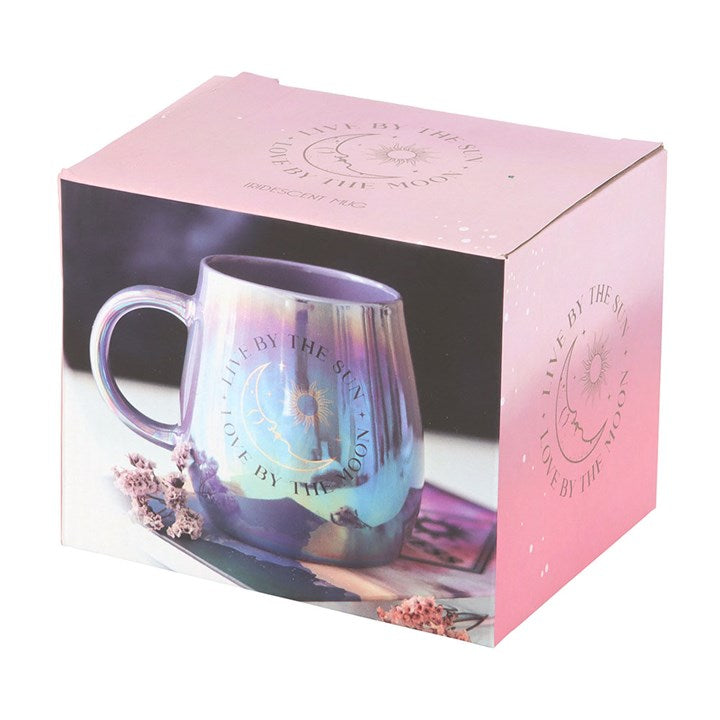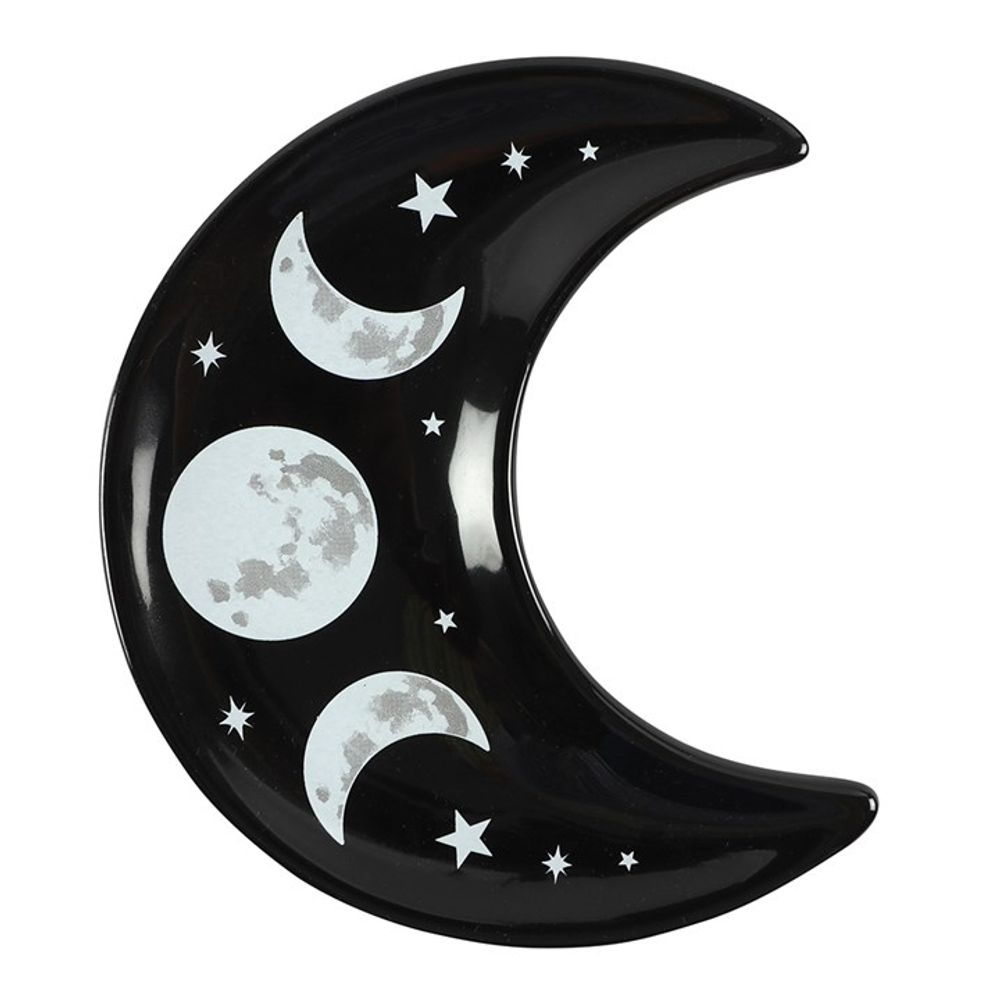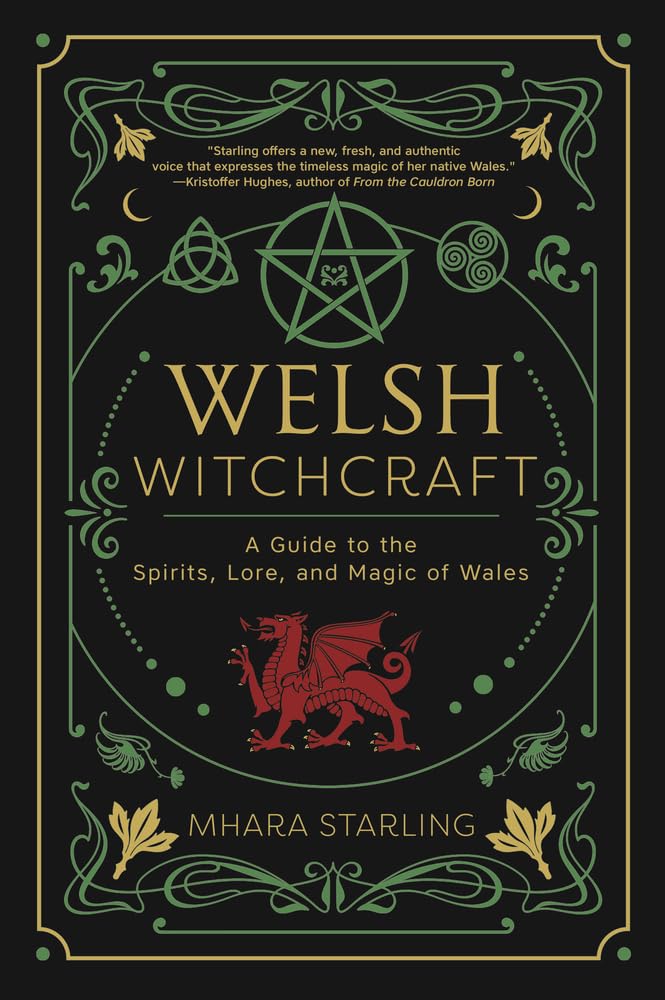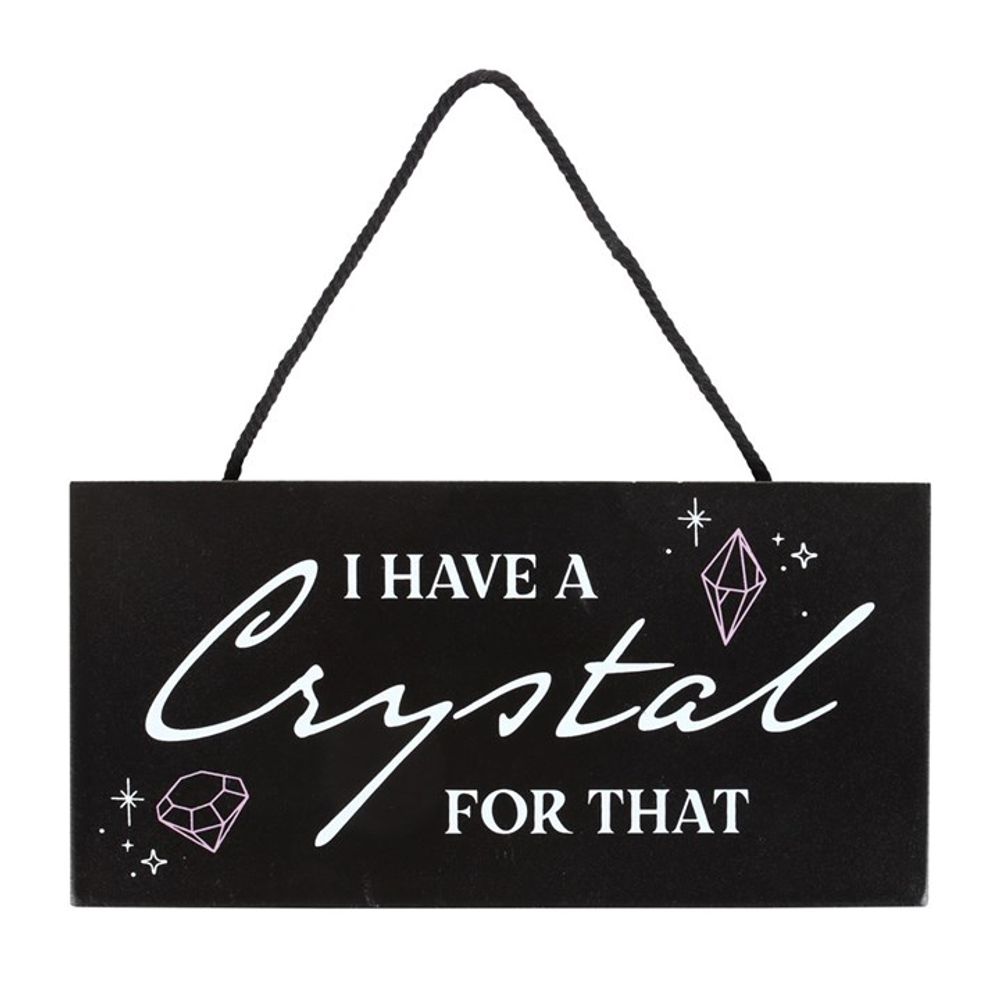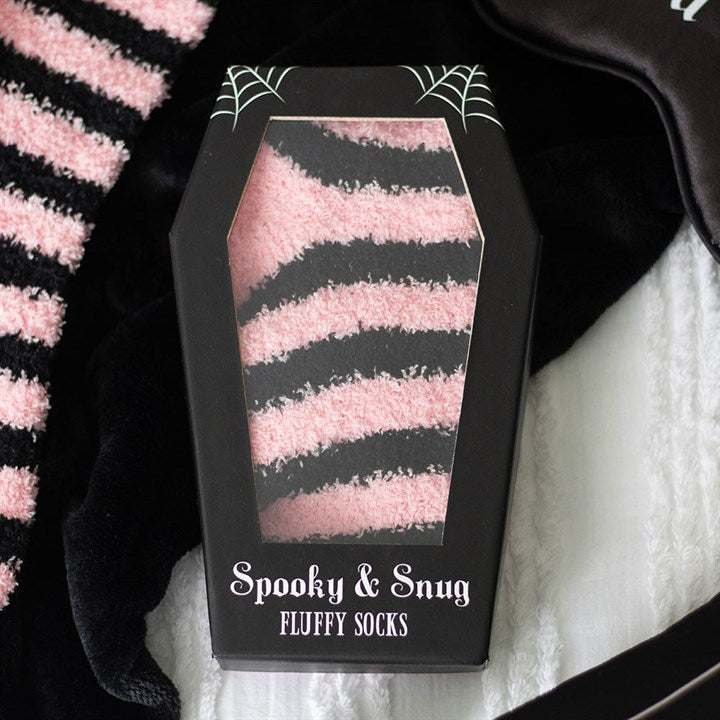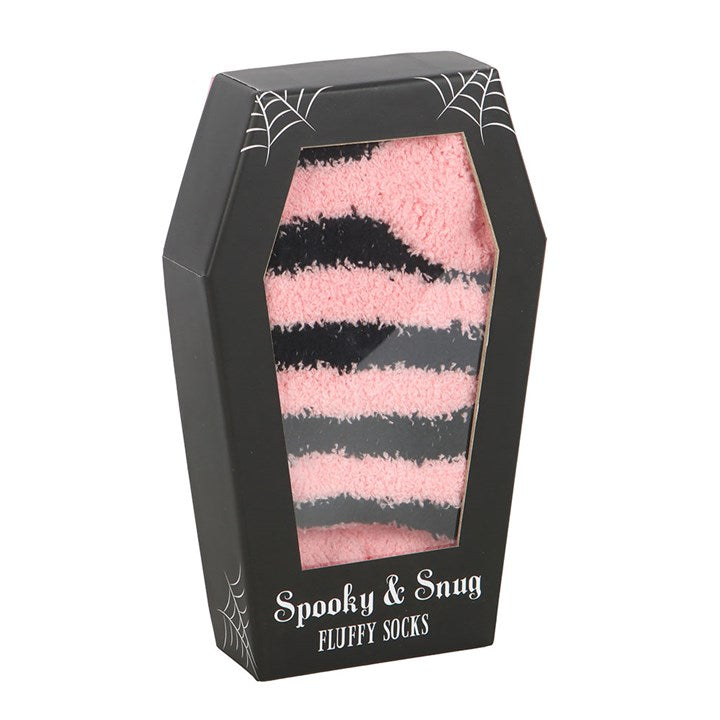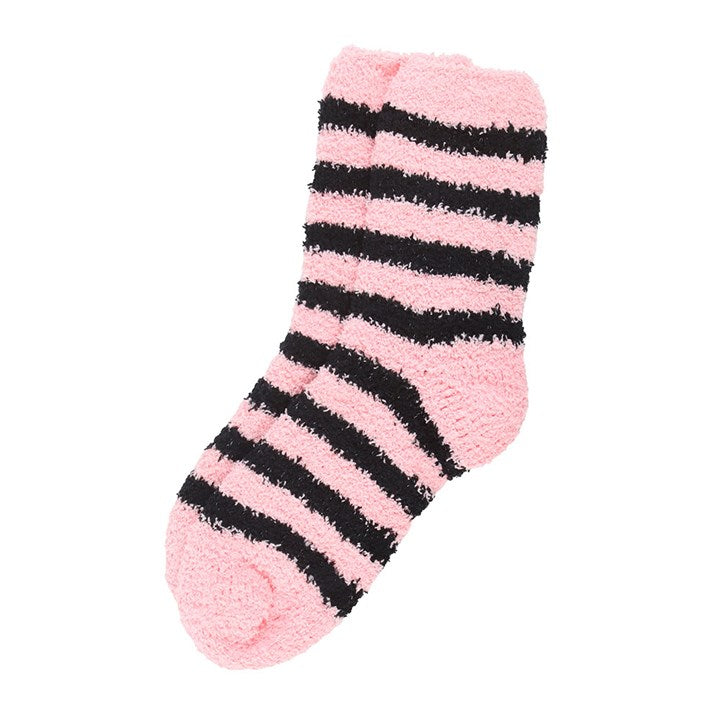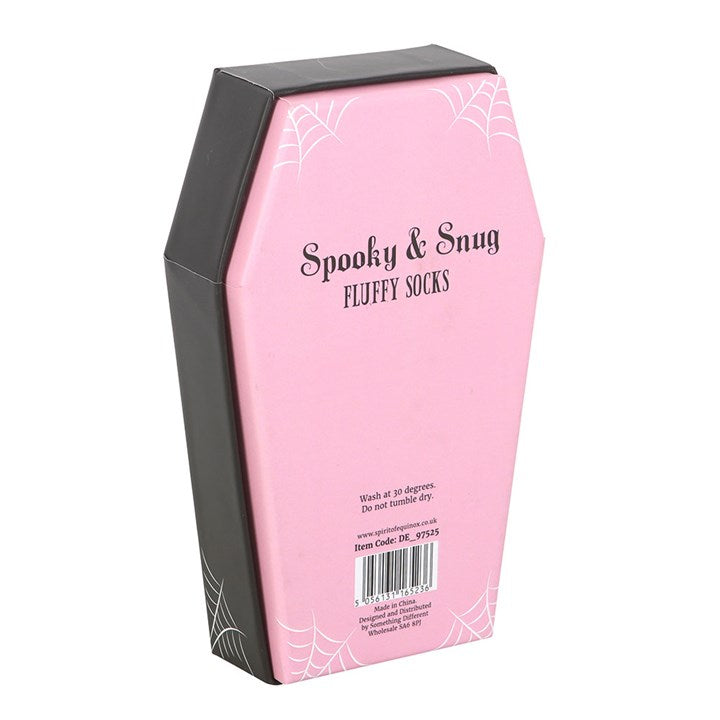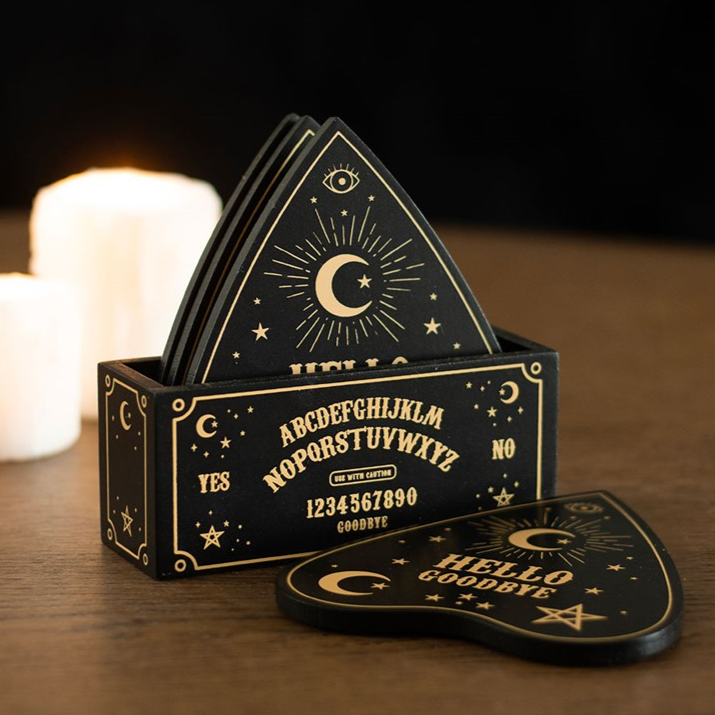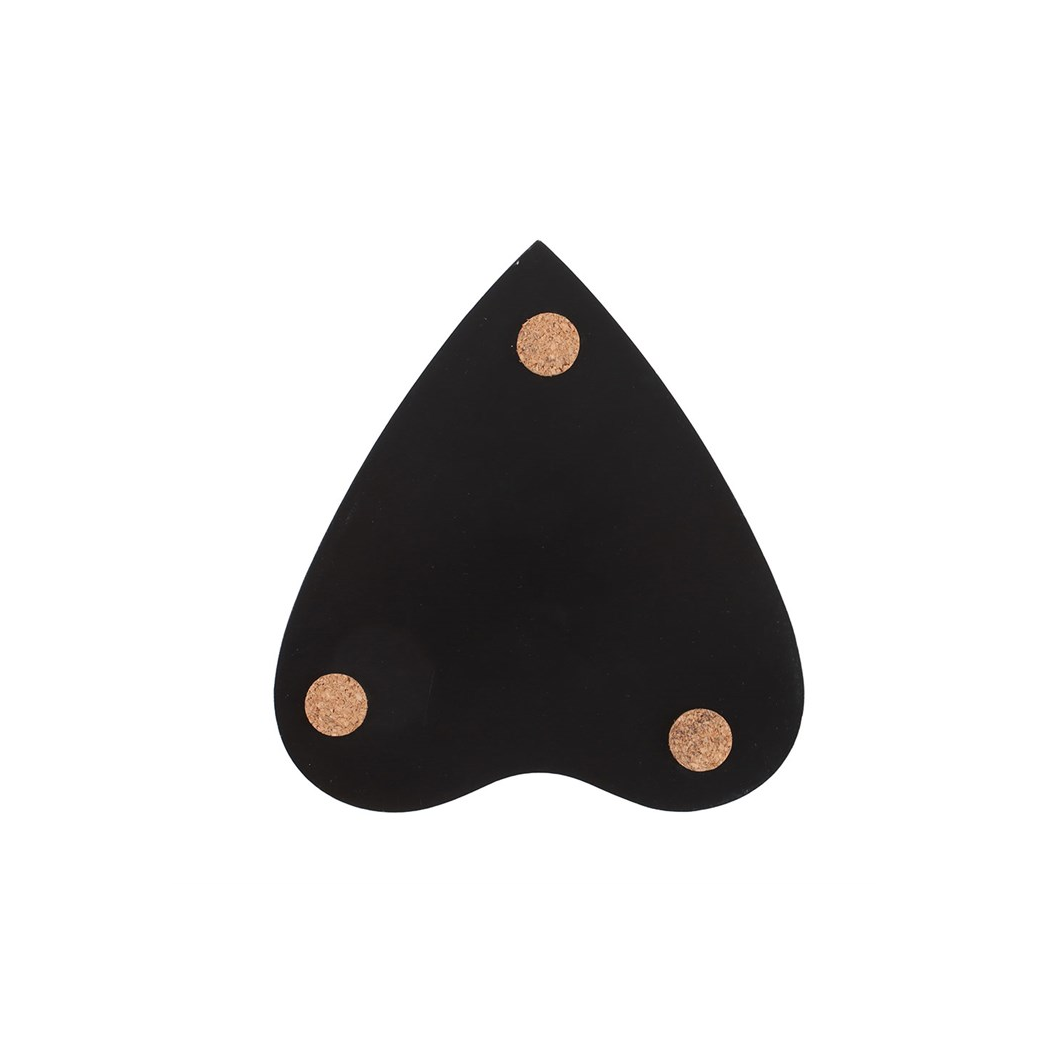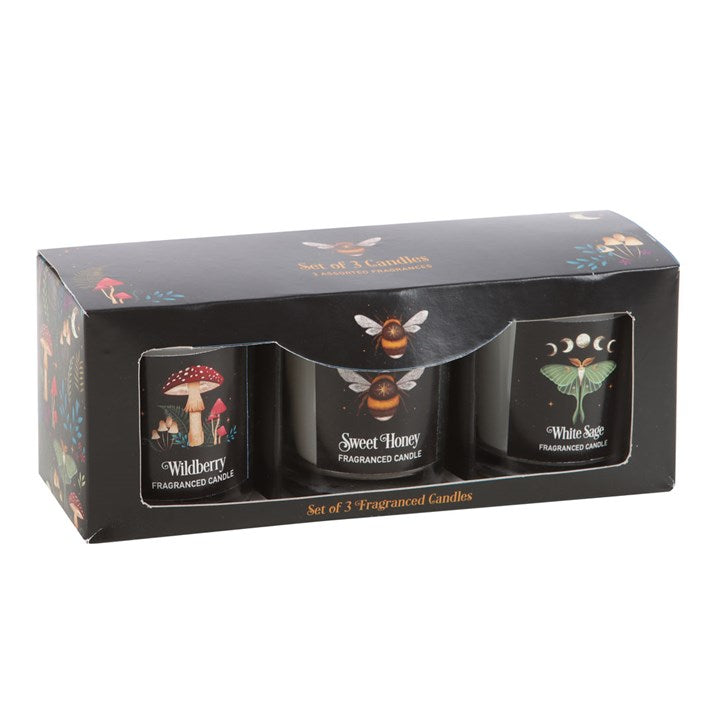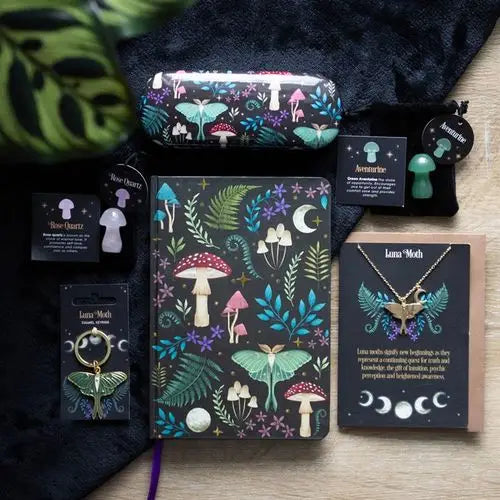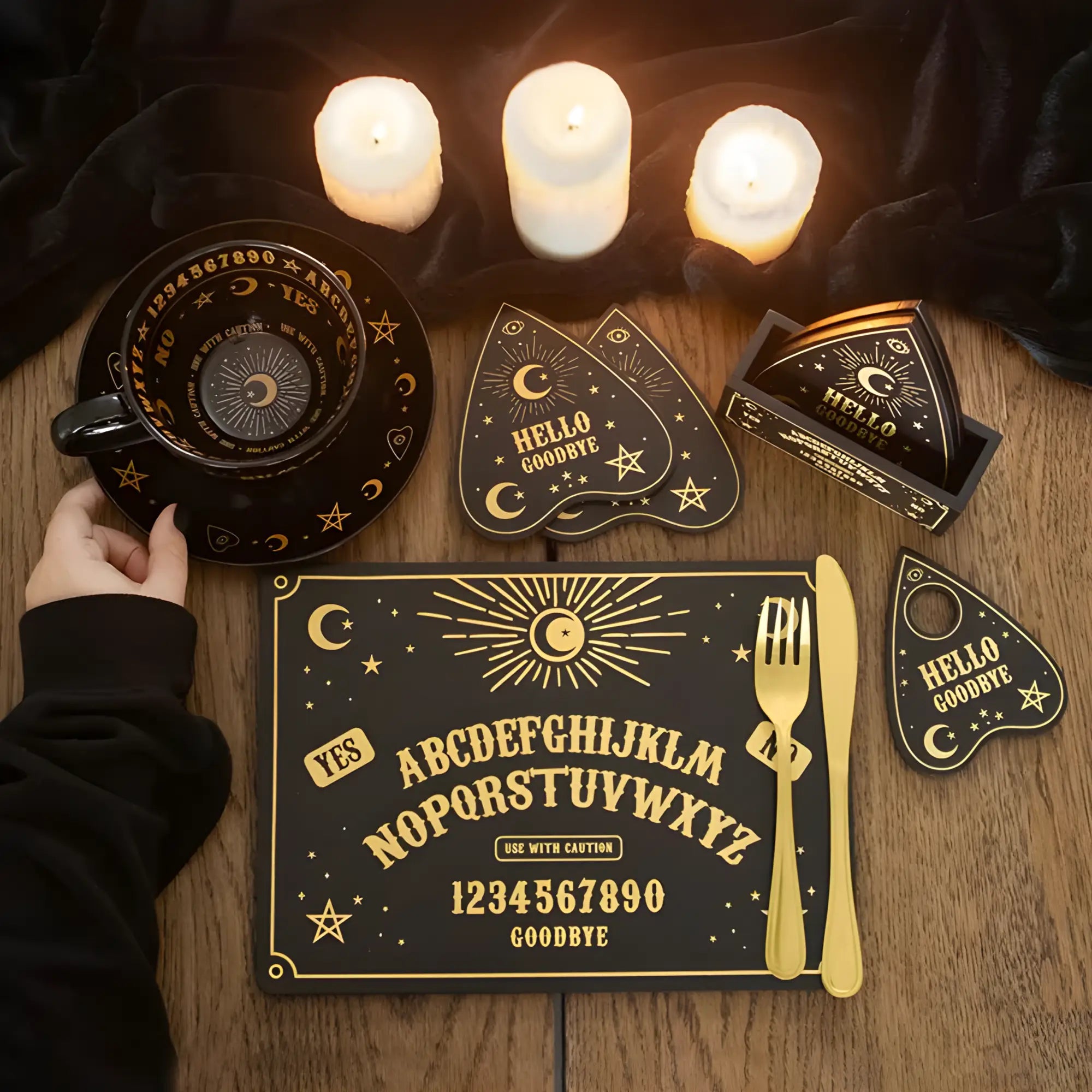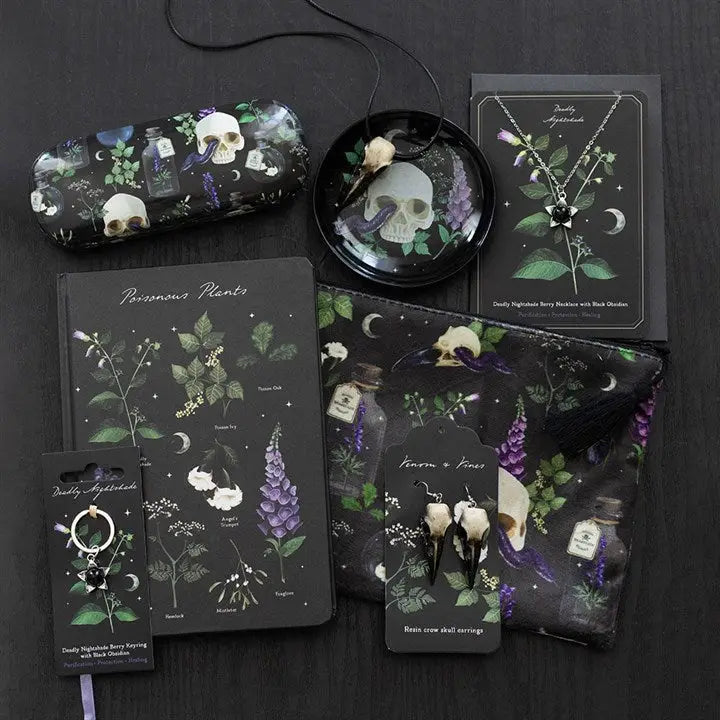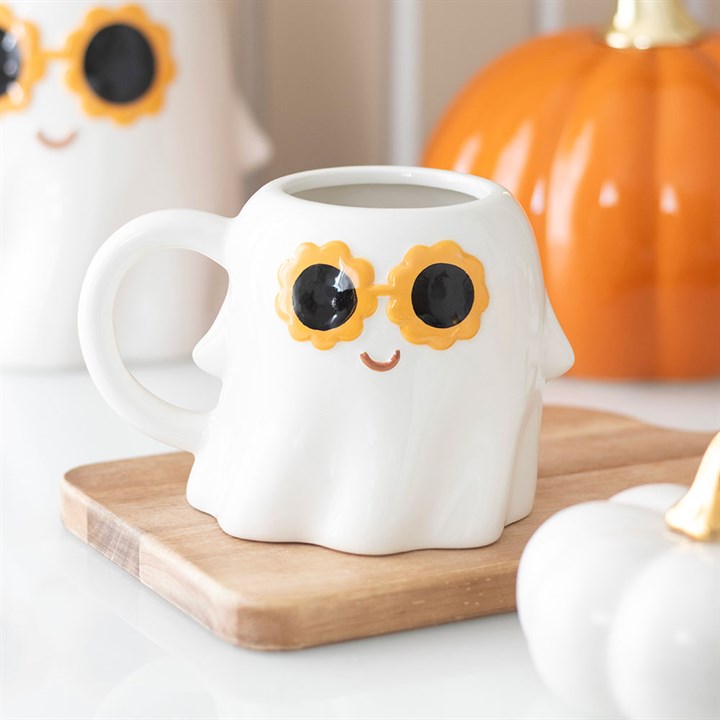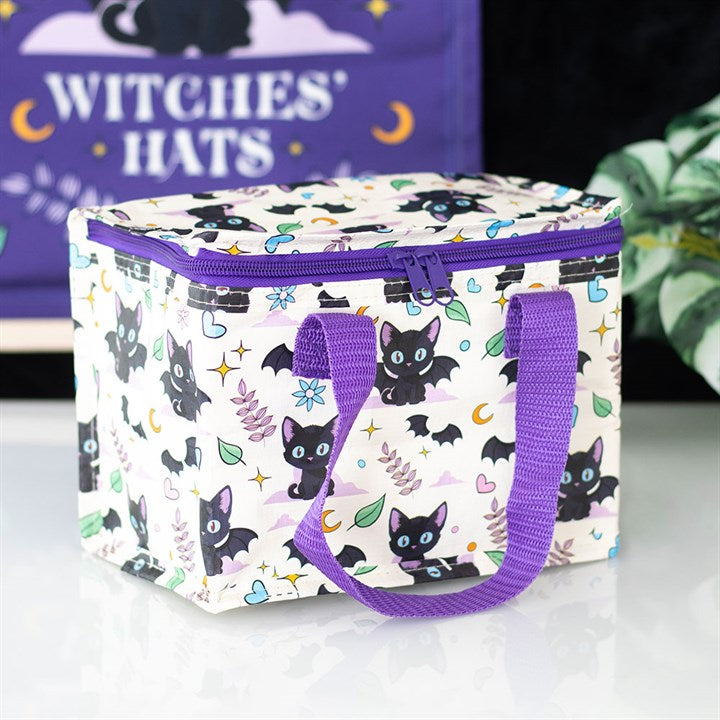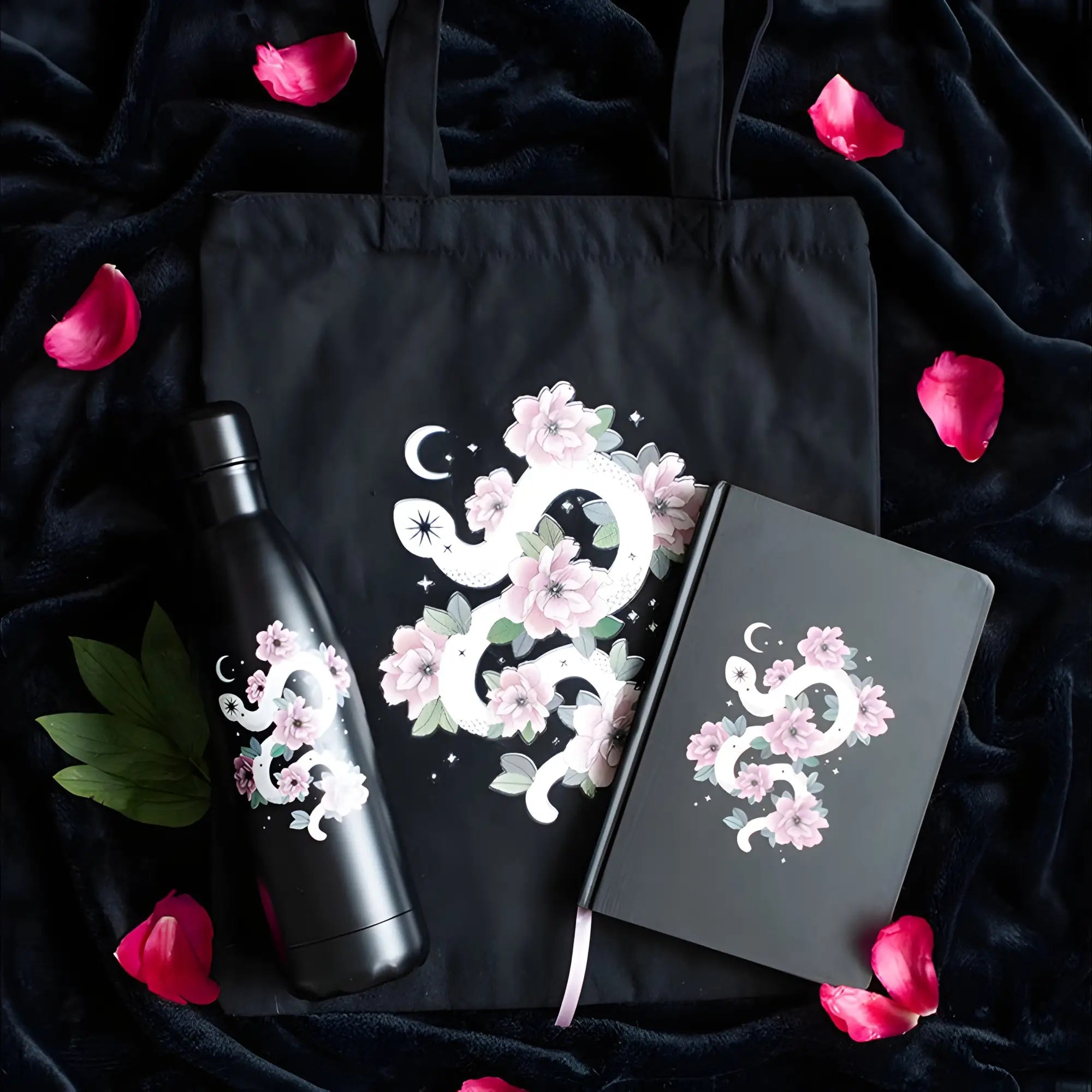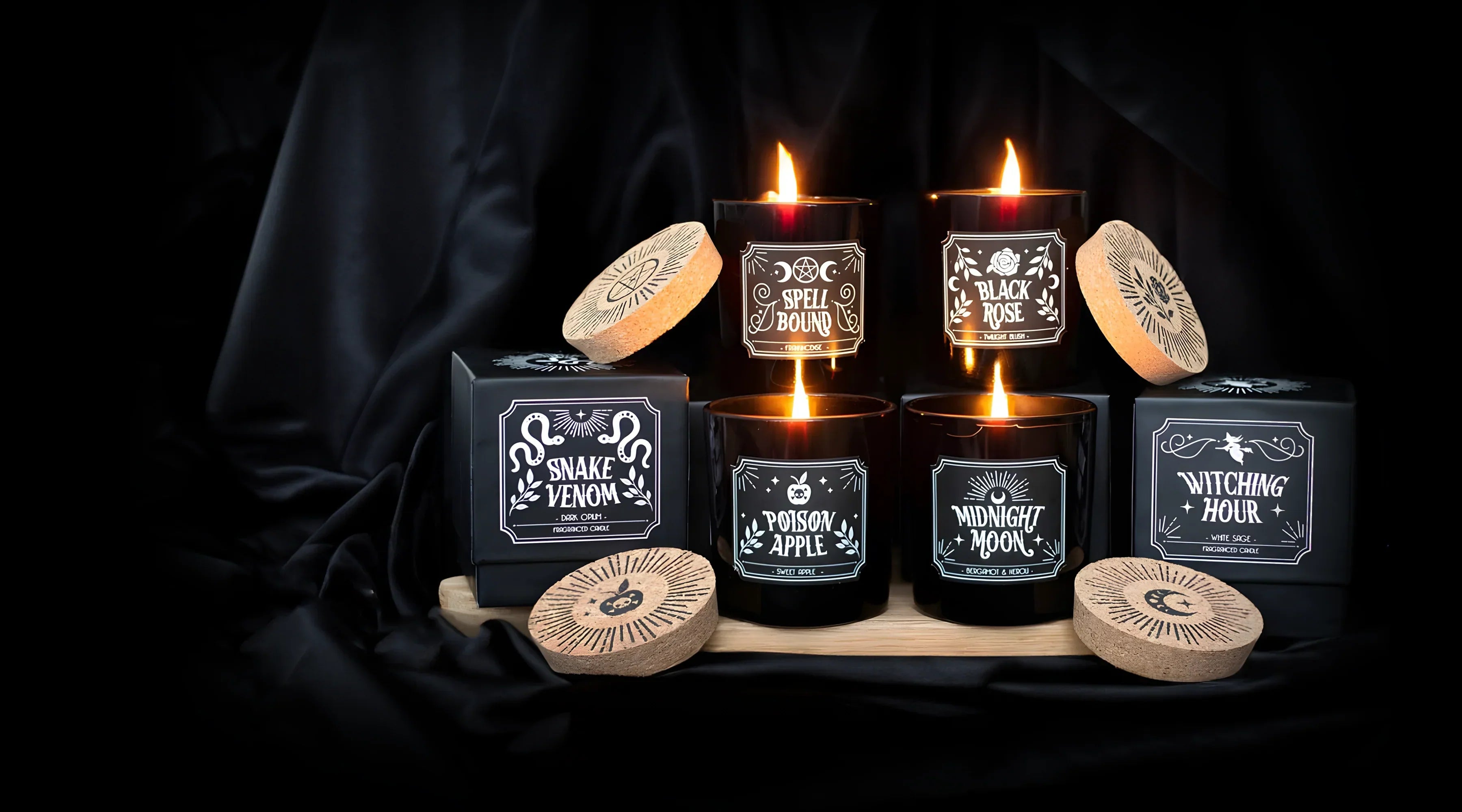What Are Tarot Cards? The Complete, In-Depth Guide for Beginners
Tarot cards are far more than just a mystical curiosity — they are a structured deck of symbolic imagery used for insight, reflection, creative thinking, and sometimes spiritual or divinatory purposes. Each deck contains 78 cards divided into two main parts: the Major Arcana, representing key life themes, and the Minor Arcana, which covers everyday experiences and challenges. Whether you approach tarot as a spiritual tool, a psychological mirror, or simply a creative prompt, understanding its structure and symbolism can open up new ways to see your own life story.
Why People Use Tarot
The beauty of tarot lies in its versatility. Some people treat tarot as a meditative practice, pulling a card each morning to reflect on the day ahead. Others consult it for clarity during difficult decisions. Therapists, writers, and artists even use tarot to break creative blocks or explore emotional patterns. The cards don’t “predict” the future in an absolute sense — instead, they help you see patterns, highlight potential outcomes, and reveal hidden perspectives.
Quick Summary
What it is: A 78-card symbolic deck for self-reflection, insight, and sometimes divination.
Who uses it: Seekers, spiritual practitioners, creatives, therapists.
Why it matters: Tarot offers a structured yet flexible way to examine personal situations, explore possible paths, and deepen self-understanding.
How to start: Pick a deck you connect with, learn the meanings, and practice regularly.
History & Origins
The earliest known tarot cards appeared in the mid-15th century in Italy as playing cards for a game called tarocchi. They were lavishly illustrated, often commissioned by wealthy families. Over time, their symbolic imagery attracted the attention of mystics and occultists, particularly in 18th-century France, who began using them as tools for esoteric study and divination. The connection between tarot and mysticism grew in the 19th and 20th centuries with the rise of secret societies like the Hermetic Order of the Golden Dawn, which assigned deeper symbolic meanings to each card. Today, tarot spans thousands of deck styles — from traditional Rider–Waite–Smith imagery to modern pop culture themes — proving it’s as much an art form as it is a practice.
Deck Structure — What’s in a Tarot Deck?
Major Arcana (22 cards)
The Major Arcana cards represent universal themes and turning points. Each card carries a deep archetypal meaning:
- The Fool: New beginnings, innocence, potential.
- The Magician: Manifestation, skill, willpower.
- The High Priestess: Intuition, secrets, the subconscious mind.
- Death: Transformation, endings leading to new beginnings.
- The World: Completion, fulfillment, integration.
Major Arcana cards are often seen as the “big picture” influences in a reading — they point to significant life events or spiritual lessons.
Minor Arcana (56 cards)
The Minor Arcana reflects day-to-day life and is split into four suits, each with a thematic focus:
- Cups: Emotions, love, intuition.
- Pentacles: Work, money, health, material matters.
- Swords: Thoughts, communication, conflict.
- Wands: Creativity, passion, ambition.
Each suit contains numbered cards from Ace to Ten, plus four court cards — Page, Knight, Queen, King — which often represent people, personality traits, or roles.
Common Uses for Tarot
- Daily guidance: Pull one card each morning for focus.
- Decision-making: Use spreads to map out options and potential results.
- Self-discovery: Explore personal patterns and emotional triggers.
- Creative prompts: Use imagery to spark story ideas or art concepts.
- Rituals and ceremonies: Incorporate tarot into moon phases, solstices, or seasonal celebrations.
How to Read Tarot — Beginner-Friendly Steps
- Decide your question or intention.
- Shuffle the deck with your focus in mind.
- Draw the number of cards for your chosen spread.
- Look closely at the images — notice colors, symbols, and emotions they stir.
- Refer to card meanings from a guidebook or online source.
- Link the cards together into a story that answers your question.
- Write your impressions in a journal.
Popular Tarot Spreads
- One-Card Pull: A single insight or theme for the day.
- Three-Card Spread: Past, Present, Future — or Situation, Challenge, Advice.
- Celtic Cross: A 10-card spread for deep exploration of a question.
- Horseshoe Spread: A 7-card layout showing influences, challenges, and outcomes.
Pro Tips for Beginners
- Start simple — don’t overwhelm yourself with complex spreads right away.
- Trust your intuition as much as the guidebook.
- Read regularly to build familiarity with the cards.
- Don’t worry about “getting it wrong” — tarot is as much about exploration as accuracy.
- Take photos of your readings to review later and spot patterns.
Myths About Tarot
-
Myth: Tarot predicts the future exactly.
Truth: Tarot highlights possibilities and influences. -
Myth: Only psychics can read tarot.
Truth: Anyone can learn with practice. -
Myth: You must be gifted a deck.
Truth: You can absolutely buy your own.
Frequently Asked Questions
Do tarot cards tell the future? No — they reveal potential paths, not fixed events.
How long does it take to learn tarot? A few weeks for basics, but years for mastery.
Should I cleanse my tarot deck? Many readers cleanse decks with incense, moonlight, or intention.
What’s the difference between tarot and oracle cards? Tarot follows a fixed 78-card system; oracle decks vary widely.
Can tarot be part of self-care? Yes — it’s often used for mindfulness and personal reflection.
Do reversed cards matter? Optional — some readers use them for added nuance.
Is tarot religious? It can be spiritual but isn’t tied to one religion.
Do I need a special space for readings? No, but a quiet environment helps focus.
Can tarot contact spirits? Some use it that way, but it’s not necessary.


